When I imagine the Arctic the first thing to spring to mind is the ice. A sea of ice.
Life in the far north revolves around the sea ice in every single way. In fact, in Inuktitut and other Inuit dialects all across the Arctic, there are usually at least 100 words for snow and ice. Thick sea ice that lasts for years. The ice crystals that form on the sea just before it freezes. Snow that can be used to ice the sled’s runner. Ice that breaks after its strength has been tested with a harpoon.
Ice is life in the far north. In the summertime, ice dictates where we can go on expedition ships, too. While a lot of sea ice melts in the warmer months, not all. The wind and the tides move the sea ice all around, often blocking in bays and harbors. The thickness and ability to move in it in different types of ships is a real skill. Learning to read these charts is something I’d love to learn. Our ship, the Ocean Endeavour, has a 1B ice class rating, which means it can navigate moderate sea but also might need to rely on an icebreaker.
While I was at sea with Adventure Canada in the Arctic last summer, a real highlight was the sea ice. And there’s nowhere better to see it than in Baffin Bay.
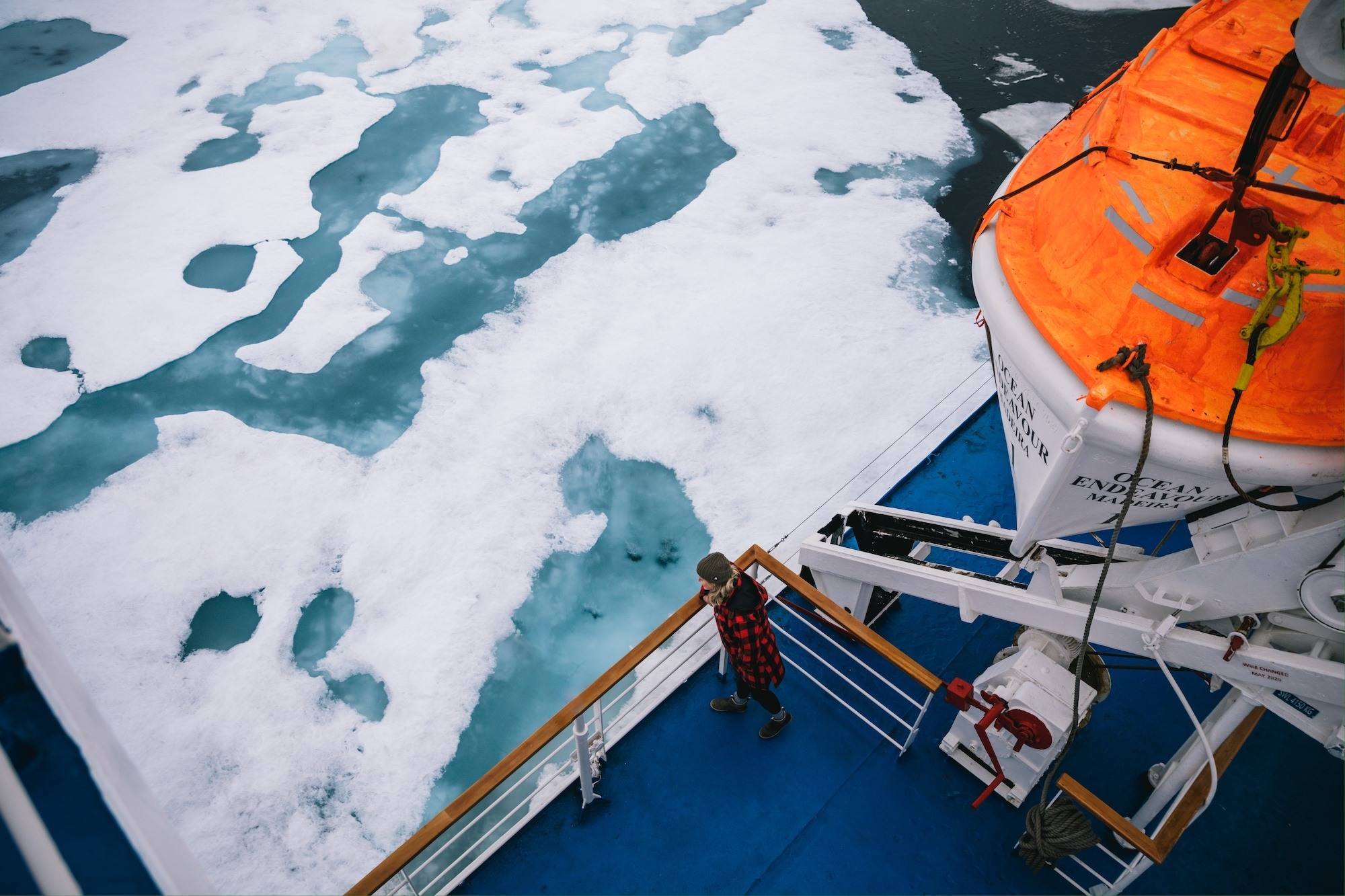
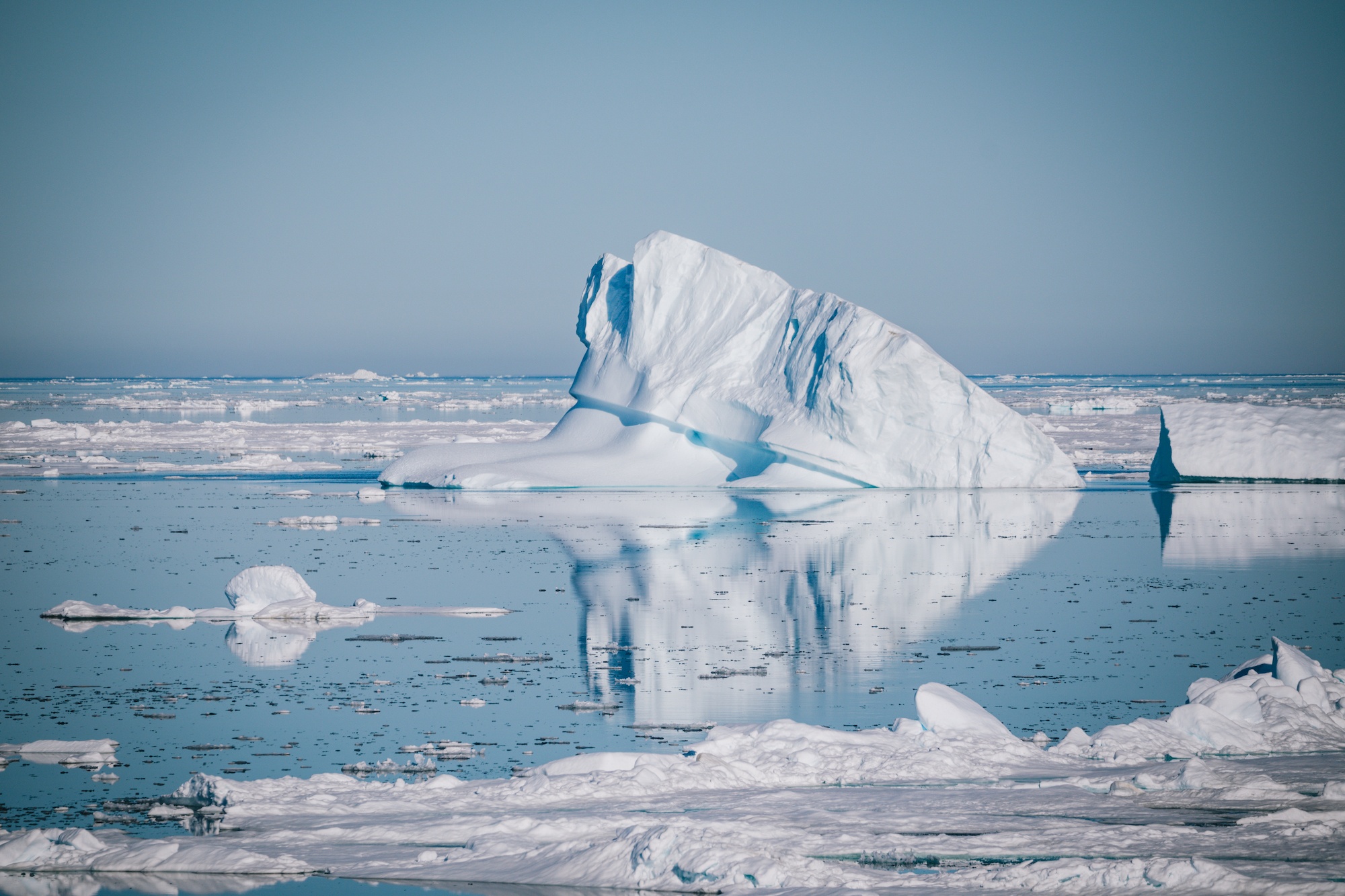
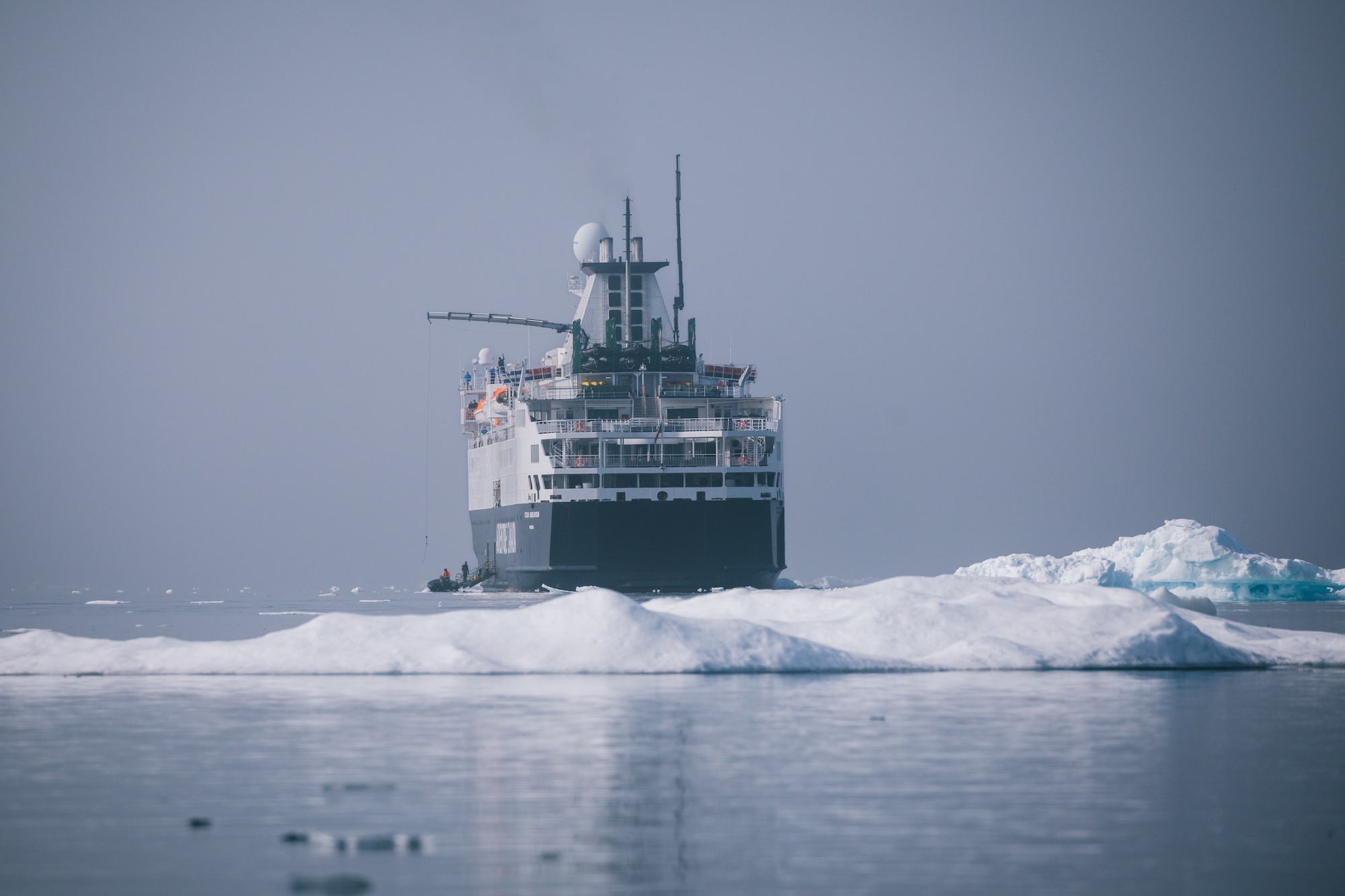
Baffin Bay is a huge stretch of marginal sea between west Greenland and Baffin Island in Canada. Situated above the 70° North parallel, Baffin Bay spans an area of nearly 700,000 square kilometers. And it’s nearly always frozen solid and chocked full of icebergs. Ships cannot pass through in the winter.
I spent a lot of time in Baffin Bay this past summer. Most of Adventure Canada’s Arctic expedition trips pass through or along Baffin Bay at one point or another.
Baffin Bay is a great place to see the iconic sea ice, and we often had to travel along the edges of the pack ice looking for ways through or for paths to open up. I didn’t sleep much on these days because the pack ice is one of the best spots to look for polar bears as they hunt here.
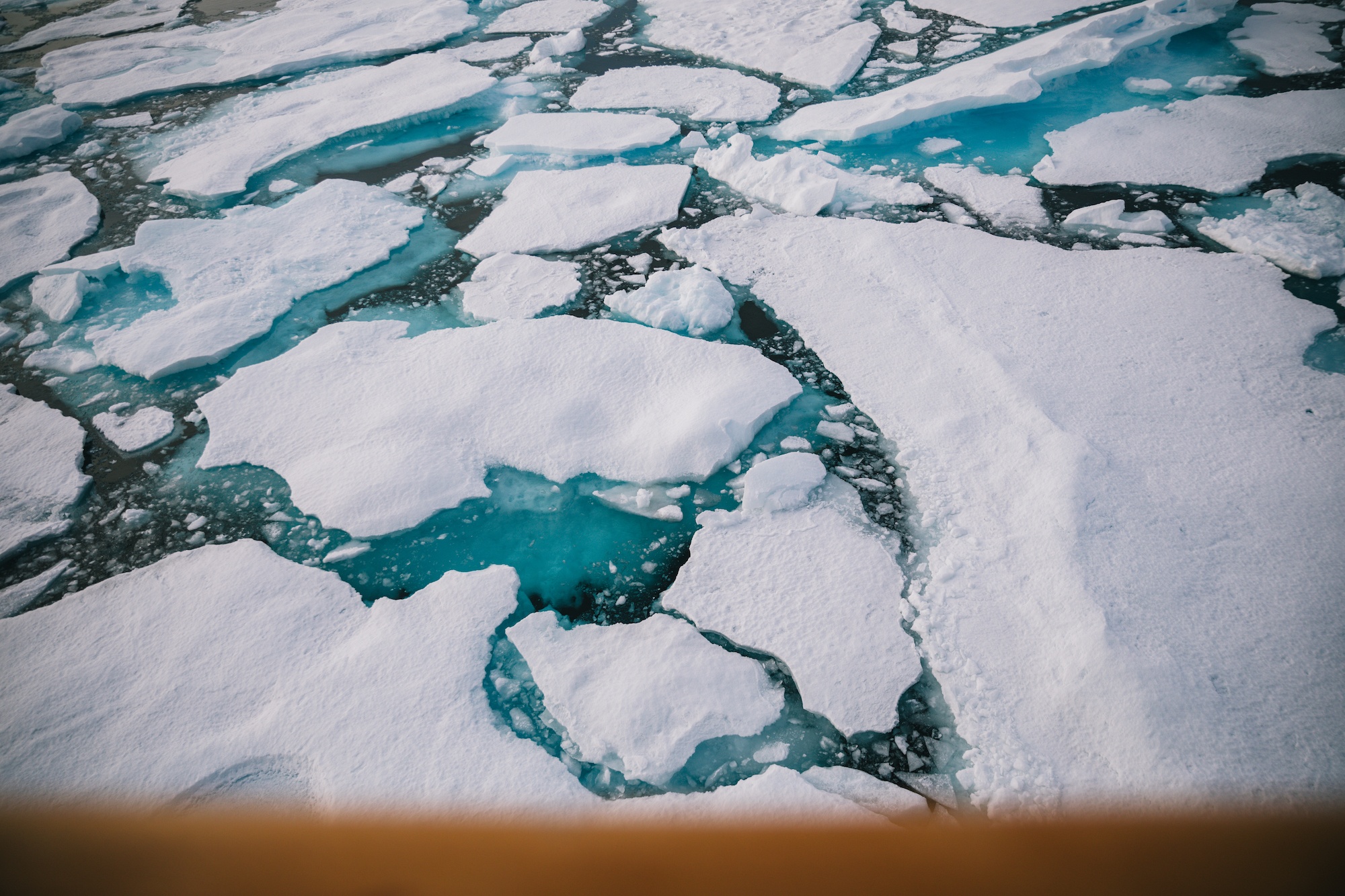
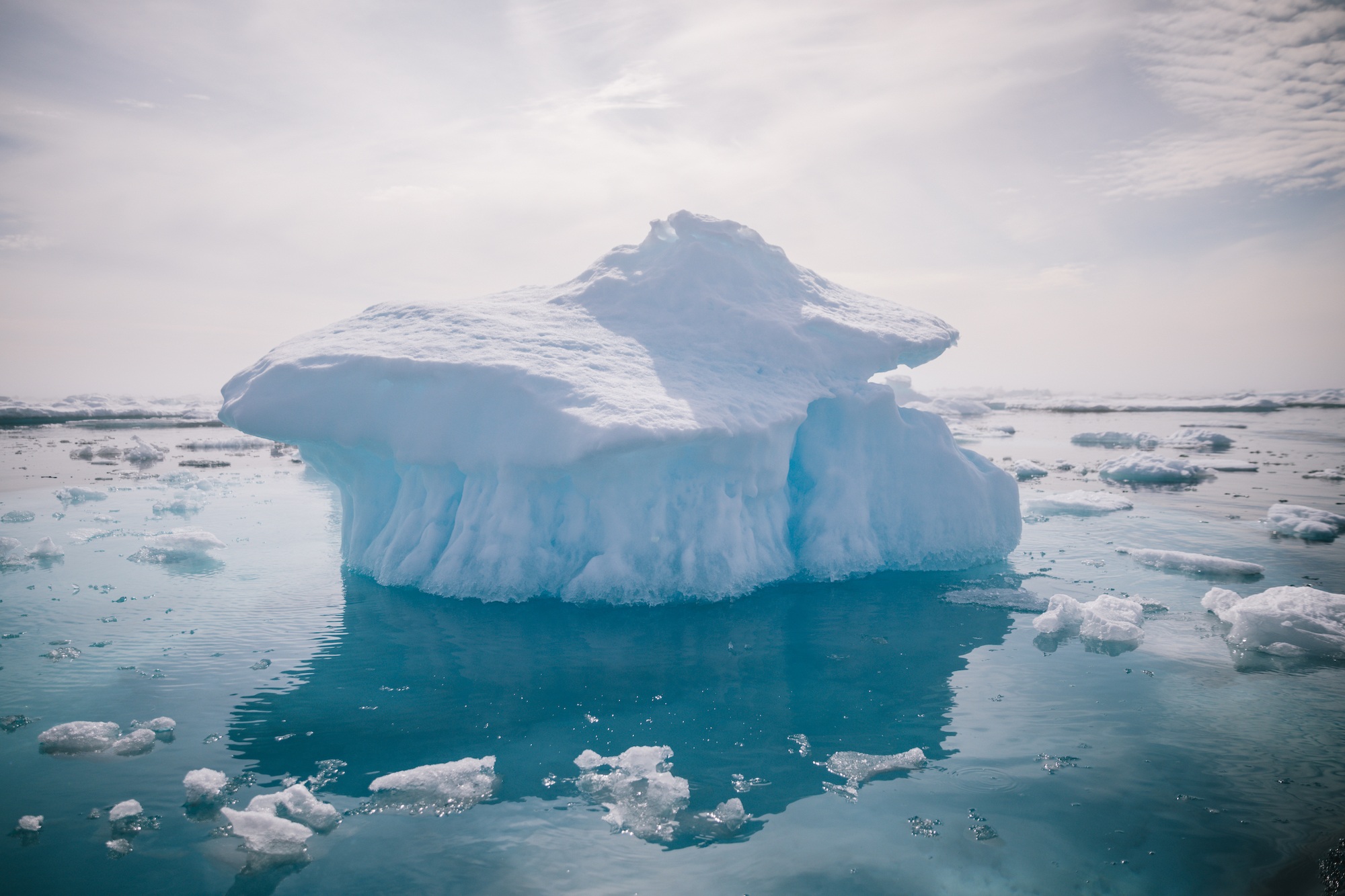
We crossed Baffin Bay between Greenland and Canada a few times, and each trip was magical. And the water was dead calm.
Sea ice often brings down the swells and waves, making it flat. We sometimes stopped in the bay and unloaded the zodiacs to cruise through the pack ice looking for wildlife. Often, the water was like glass, even in the middle of the bay. It was particularly beautiful when fog and mists would move in and out, creating an ethereal feeling.
In the summertime, part of Baffin Bay opens up in the north called North Water, and it’s a polynya (an area of open water surrounded by sea ice) that is around 80,000 square kilometers. It’s really important for its biodiversity; here, in this little microclimate, you’ll find some of the most iconic Arctic animals, such as seals, seabirds, polar bears, walrus, narwhal, beluga, and bowhead whales.
We saw them all.
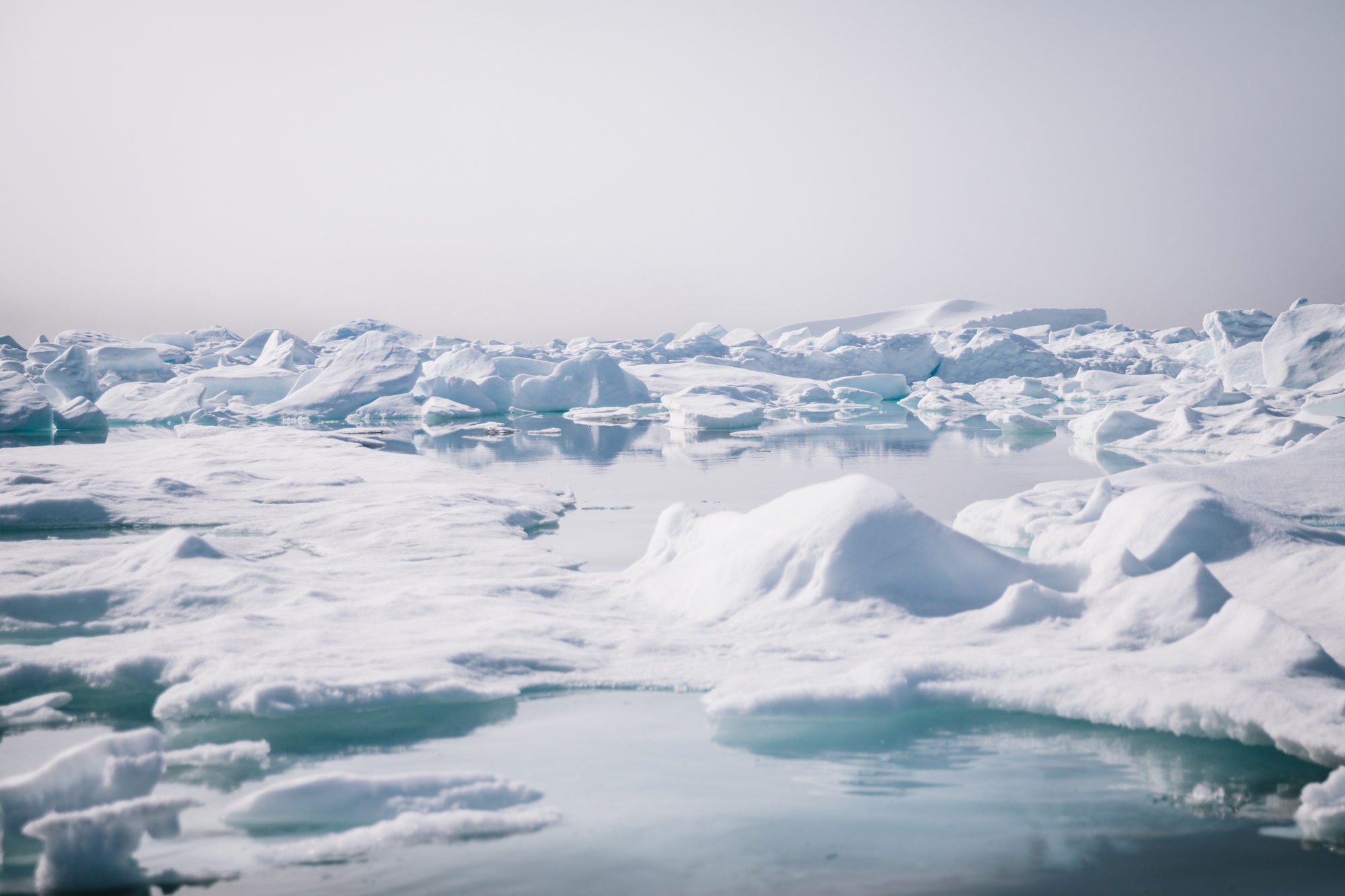
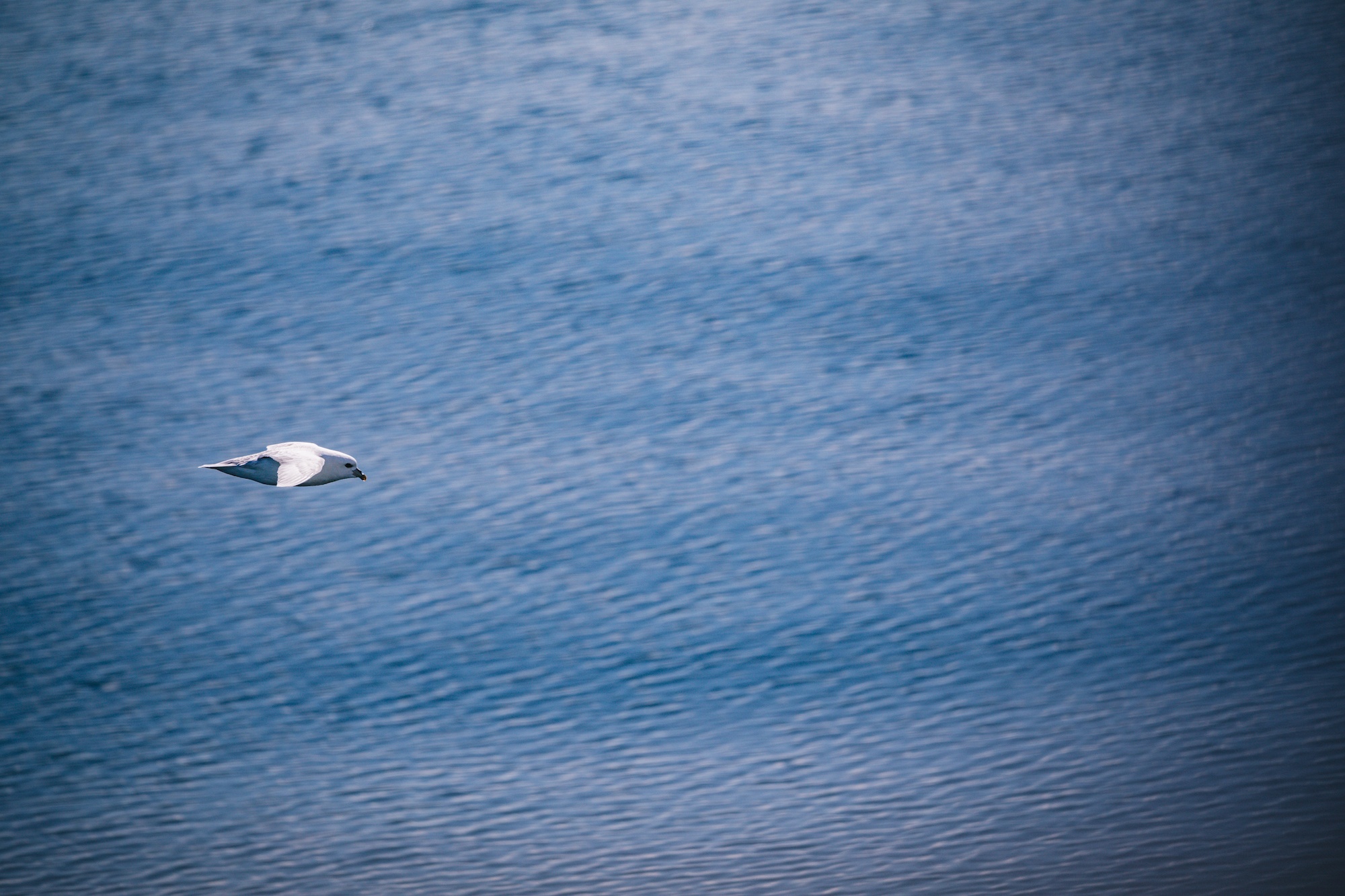
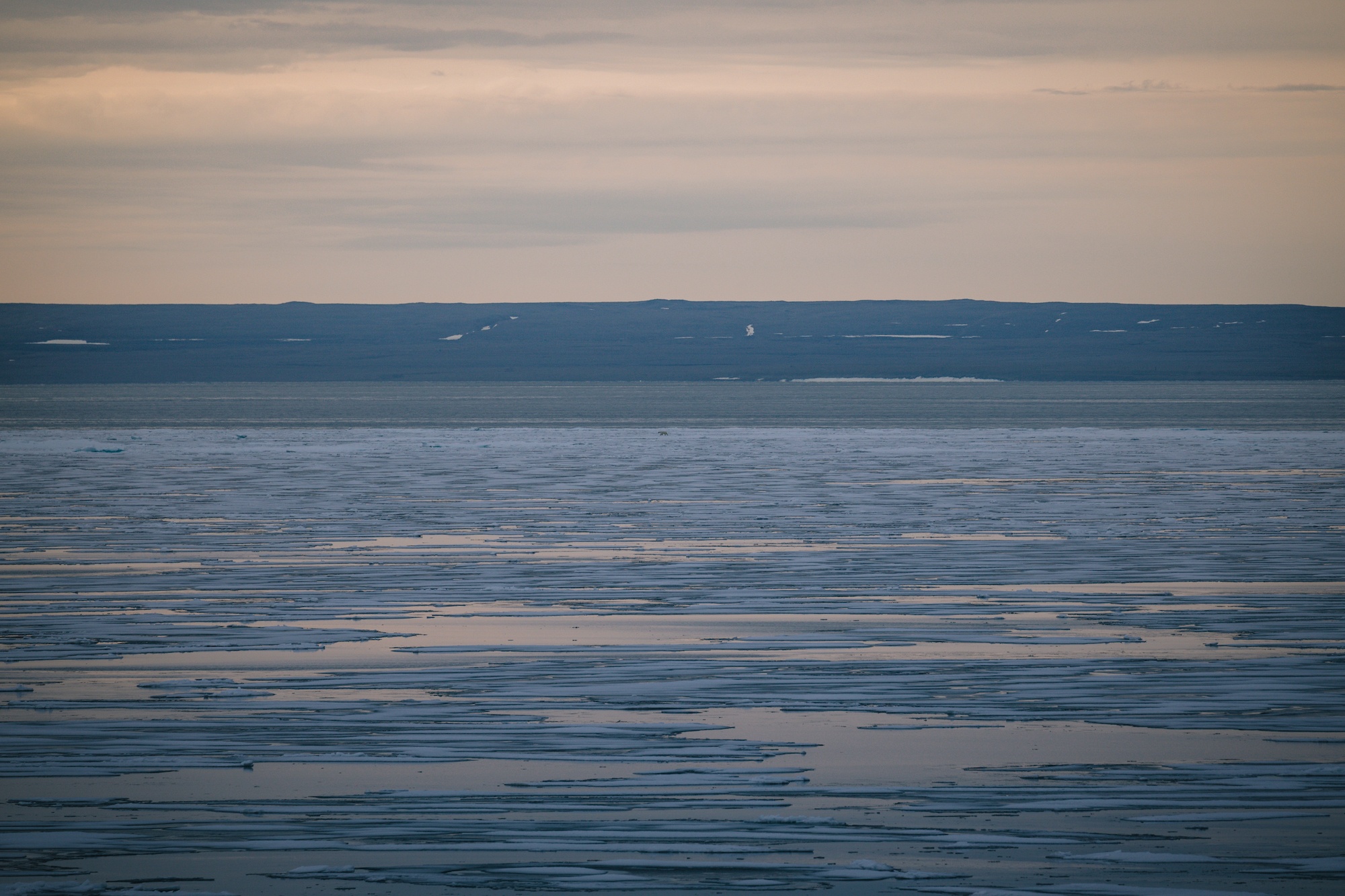
Baffin Bay connects the Labrador Sea and the Davis Strait with the Atlantic Ocean.
First, the Thule and later the Inuit inhabited this area for thousands of years. During their explorations, there is evidence that the Norse also arrived. There are still settlements along the bay today.
The first record of Europeans arriving here was in 1585, with John Davis sailing under Queen Elizabeth I. The British began searching for the mysterious Northwest Passage through Canada that would connect them to the Far East to no avail. The Davis Strait is named after him, a stretch of sea between Baffin Bay to the north and the Labrador Sea to the south.
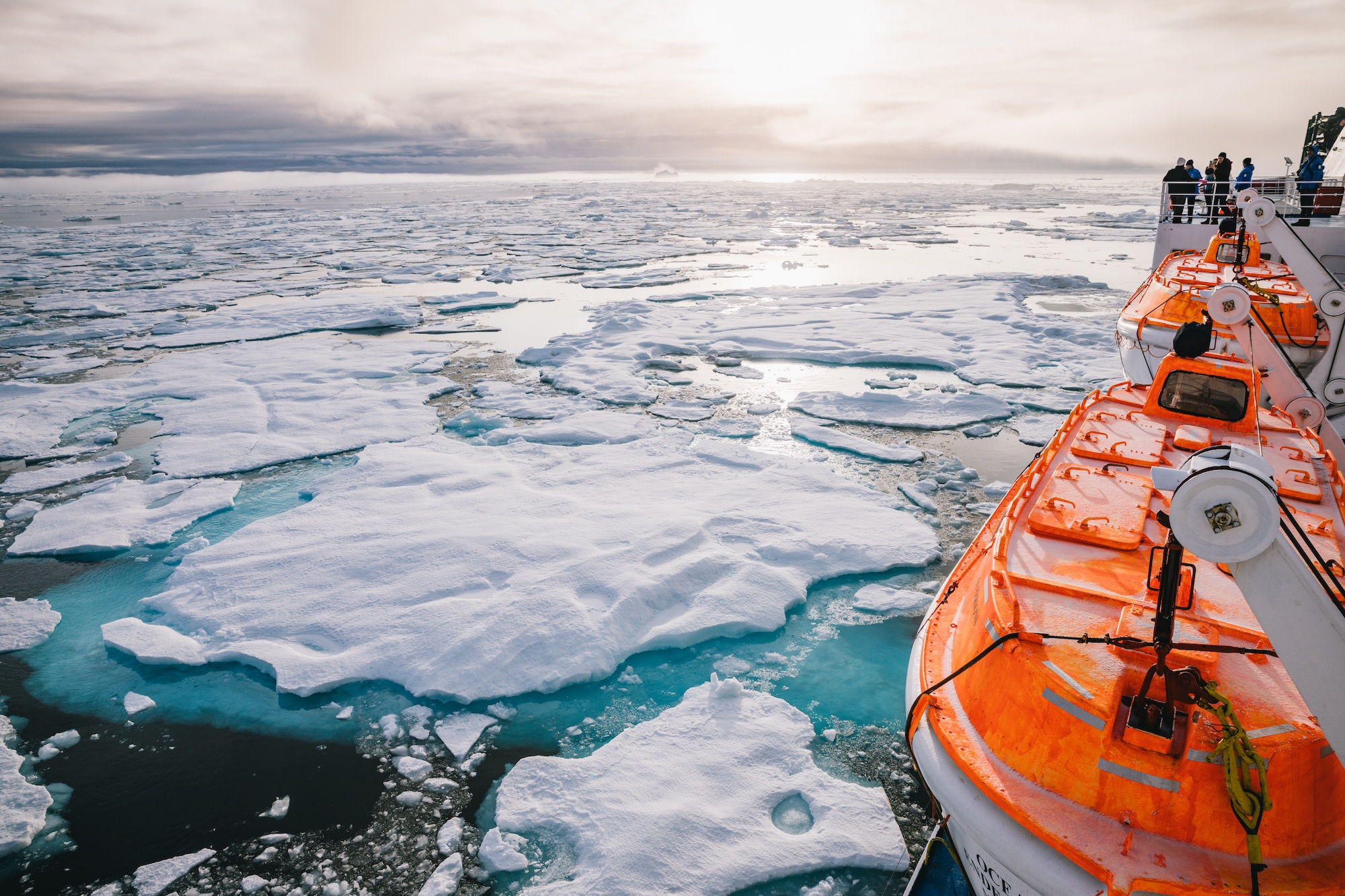
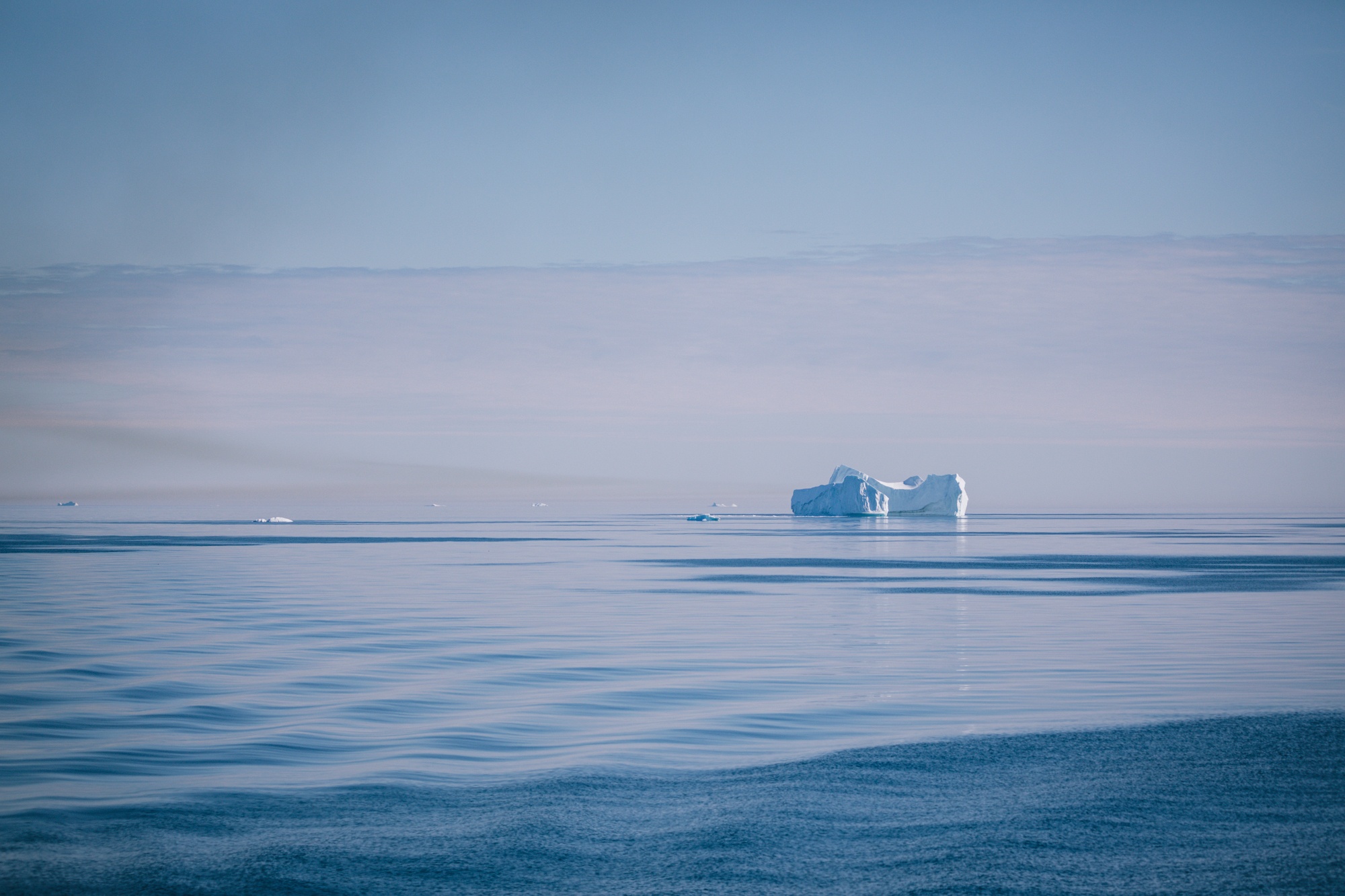
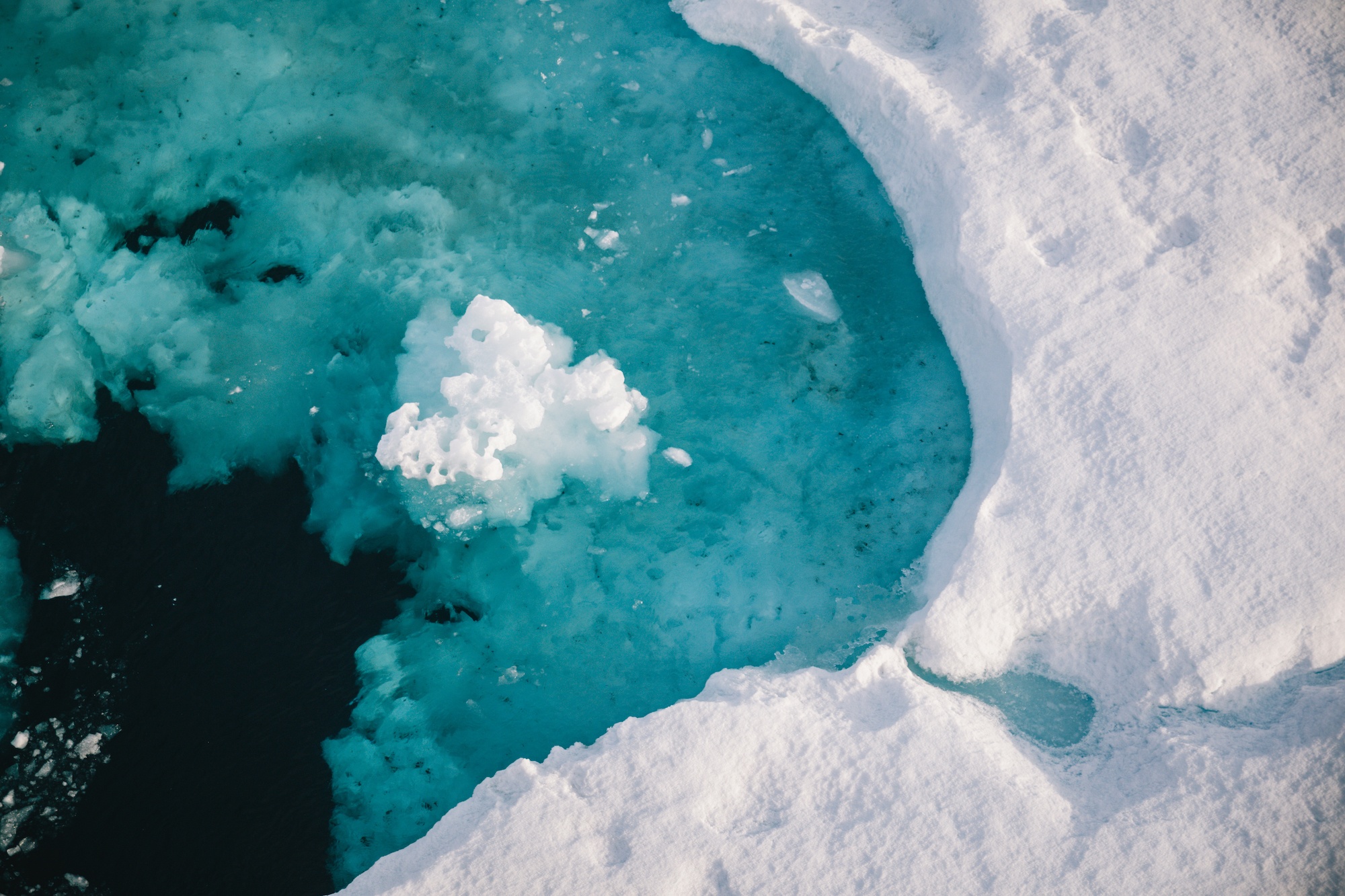
This was the beginning of the endless searches for the Northwest Passage over centuries. I spent nearly three weeks onboard as we navigated the length of the Northwest Passage; it was one of the coolest experiences of my life.
In the early 17th century, William Baffin explored and charted the area all around Lancaster Sound as a pilot under Henry Hudson. He is considered to be the first European to “discover” Baffin Bay, which is named after him, though they did not find a way through the Northwest Passage.
It wouldn’t be until 1906 that the great Norwegian explorer Roald Amundsen would successfully find a route through the Northwest Passage.
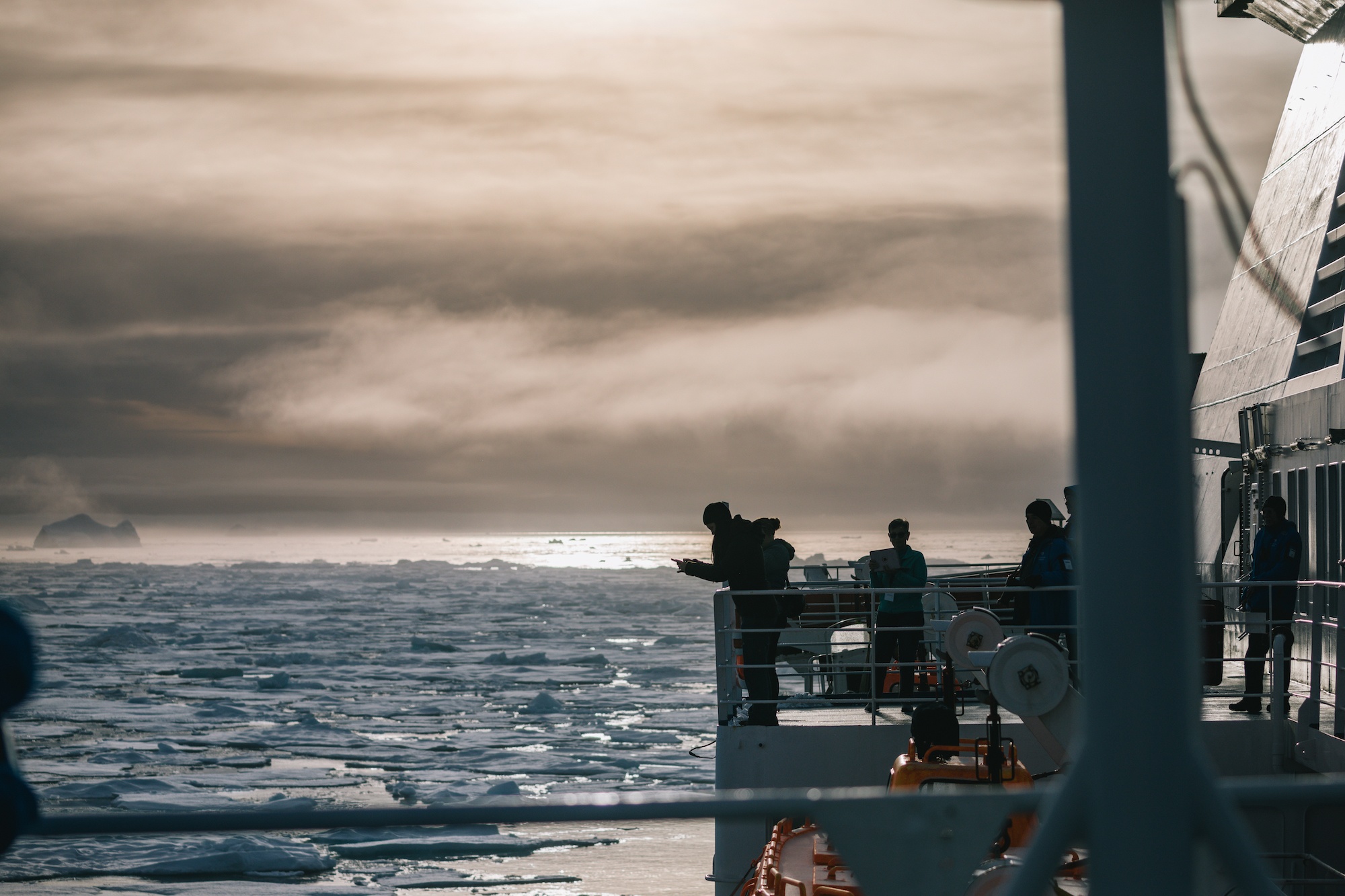
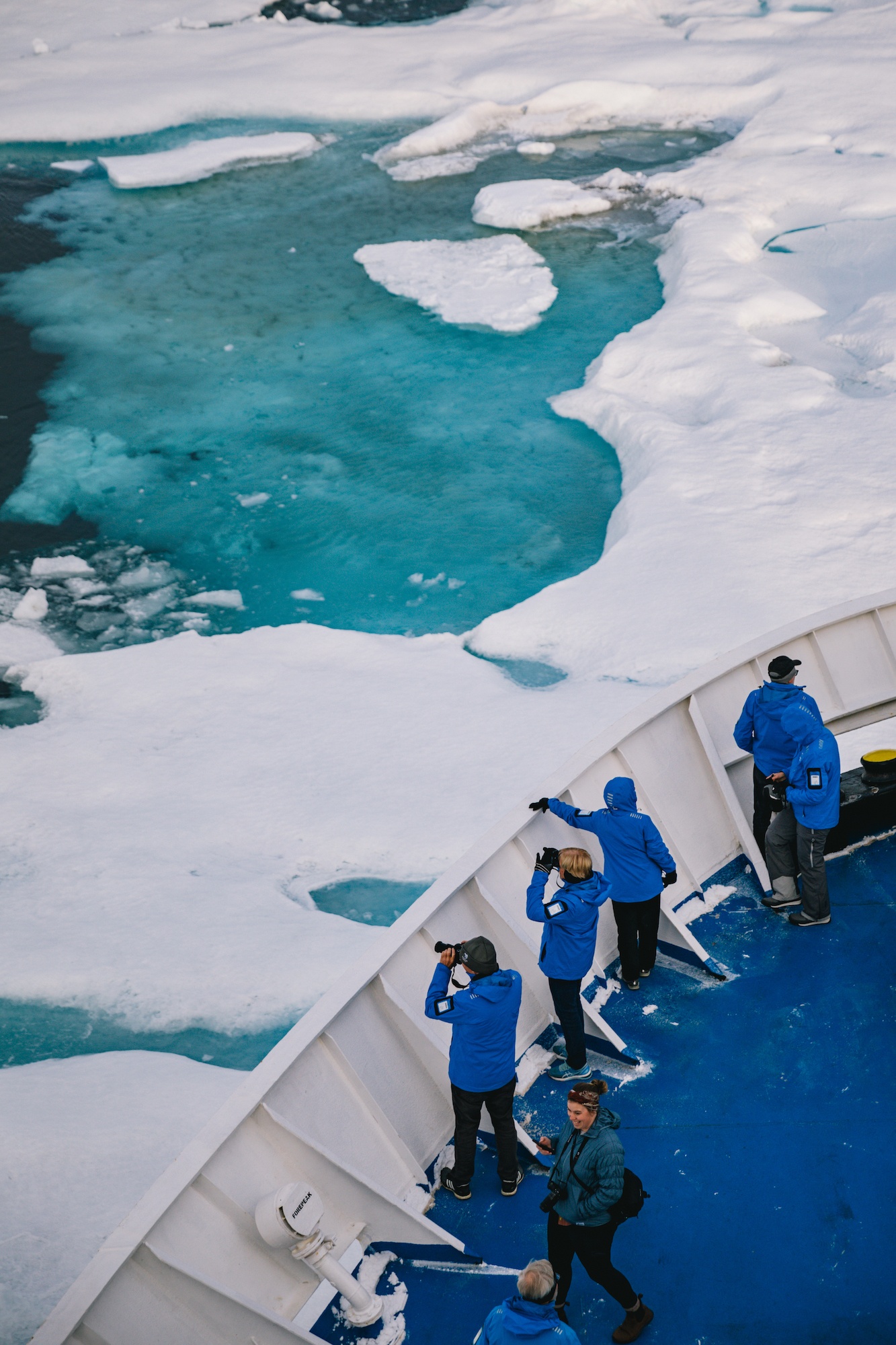
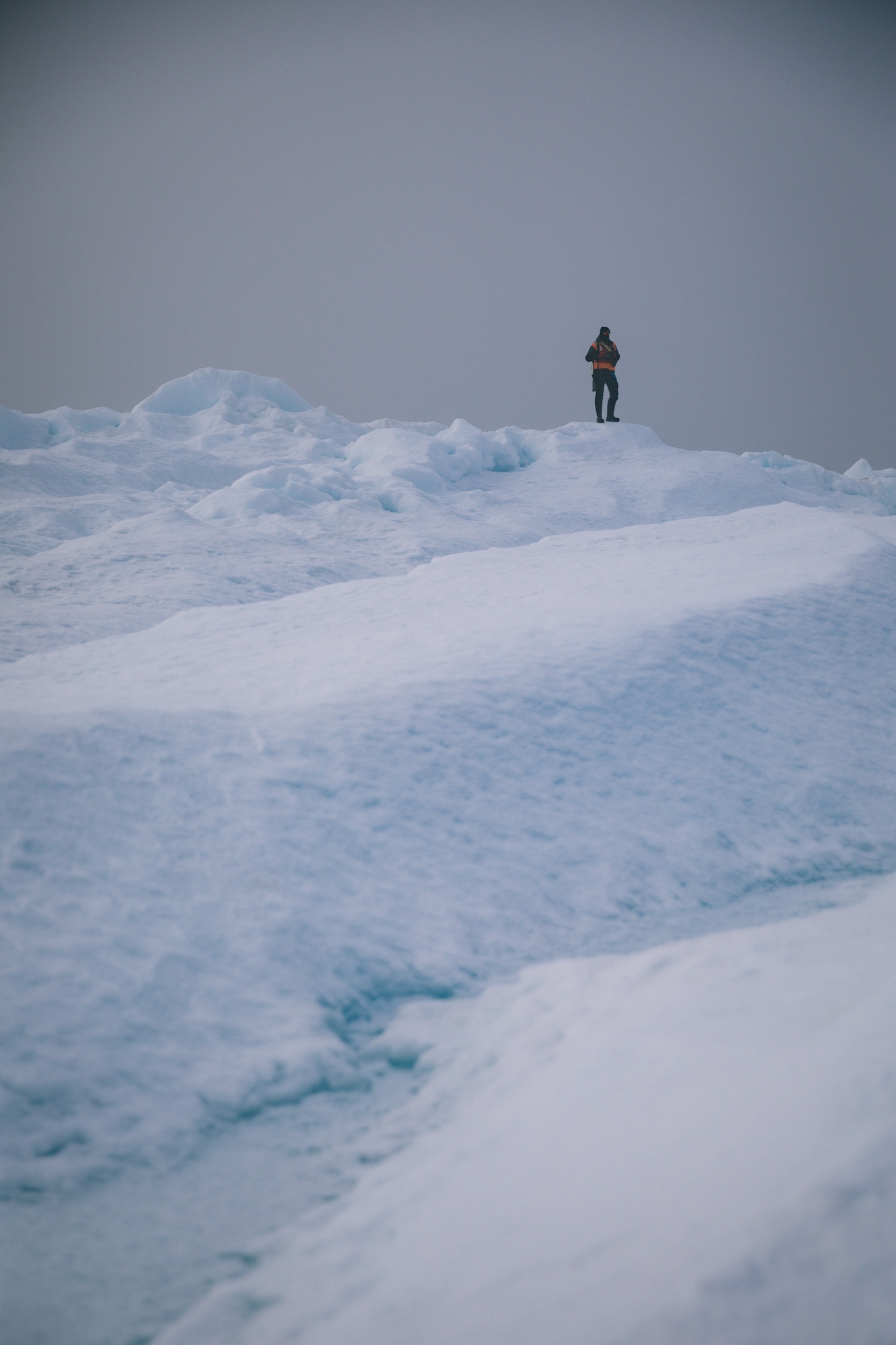
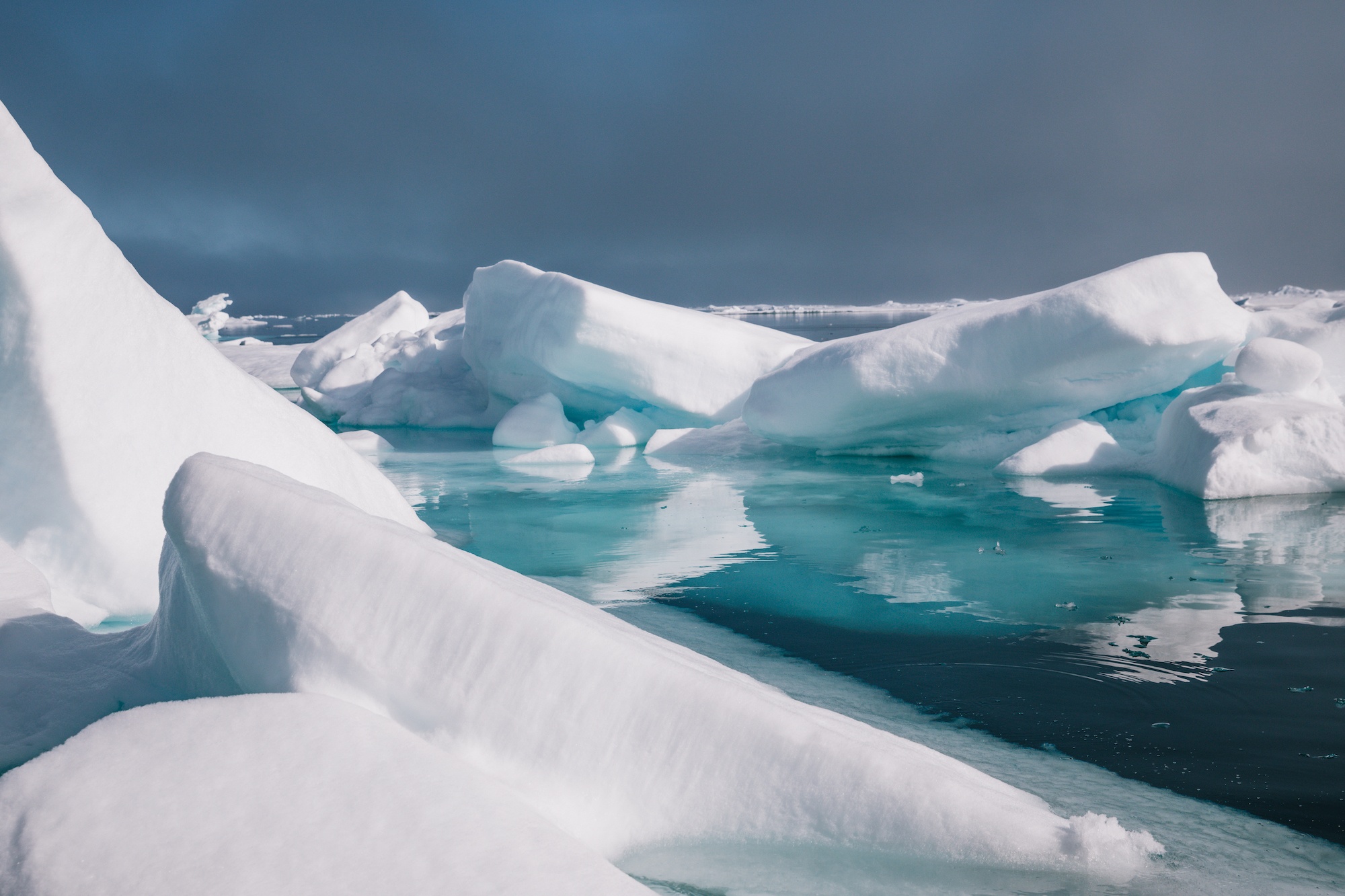
Something that’s important to distinguish when you’re in the Arctic (or Antarctic) is sea ice versus icebergs. We see plenty of both in the Arctic, especially around Baffin Bay.
Sea ice forms in the ocean from salt water. It’s also classified by age and thickness, with multiyear ice being the strongest, having survived the summer melts. The water needs to be -1.8°C for the ice to begin to form, and as it ages year after year, the brine in the frozen water disappears, meaning that it turns to frozen freshwater – this was often used by polar expeditions.
Many of the Arctic expeditions involve intentionally getting their ships stuck in the sea ice and overwintering. This didn’t end well meant times. First off, the sea ice will move and drift, taking you away following currents. Secondly, the pressure in the ridges and the ice often smash and destroy the ship, especially in the spring when it begins to melt.
Inuit rely on predictable sea ice patterns and traditional routes on the ice for hunting by dogsled or snowmobile. Sadly, climate change is impacting the sea ice, making it unpredictable. You can walk on stable, thick sea ice. You should never walk on an iceberg. In fact, you shouldn’t go near icebergs.
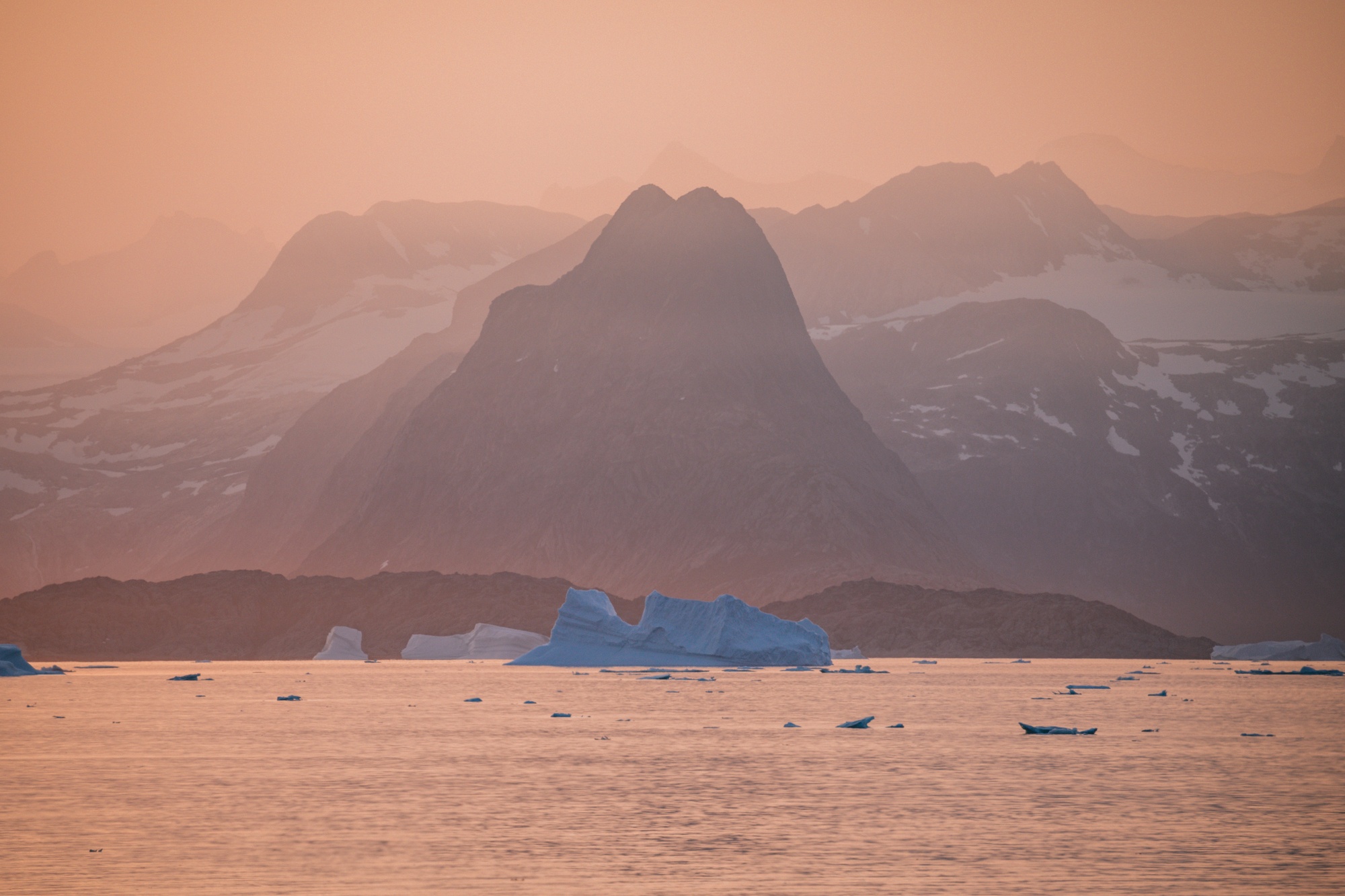
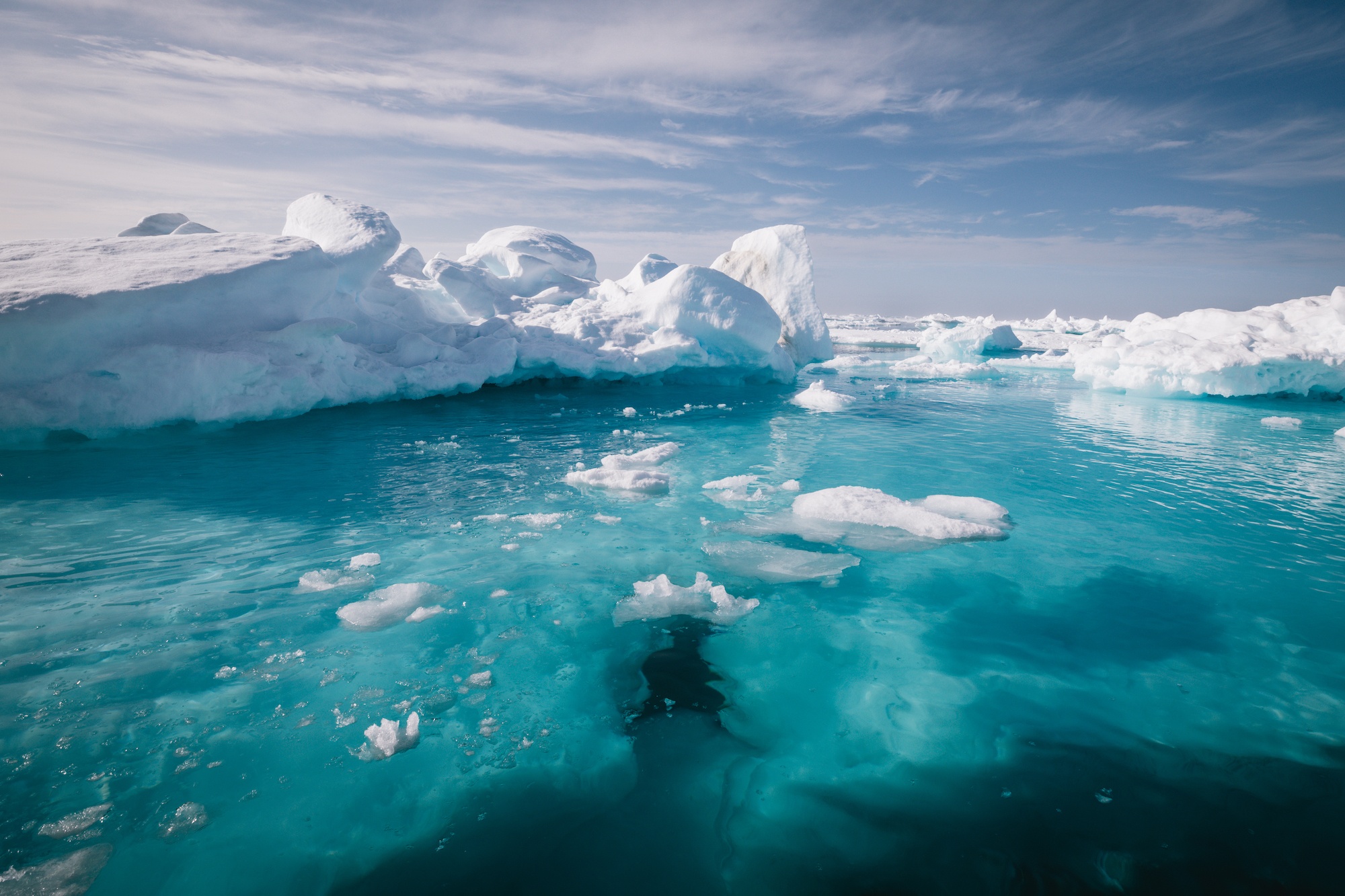
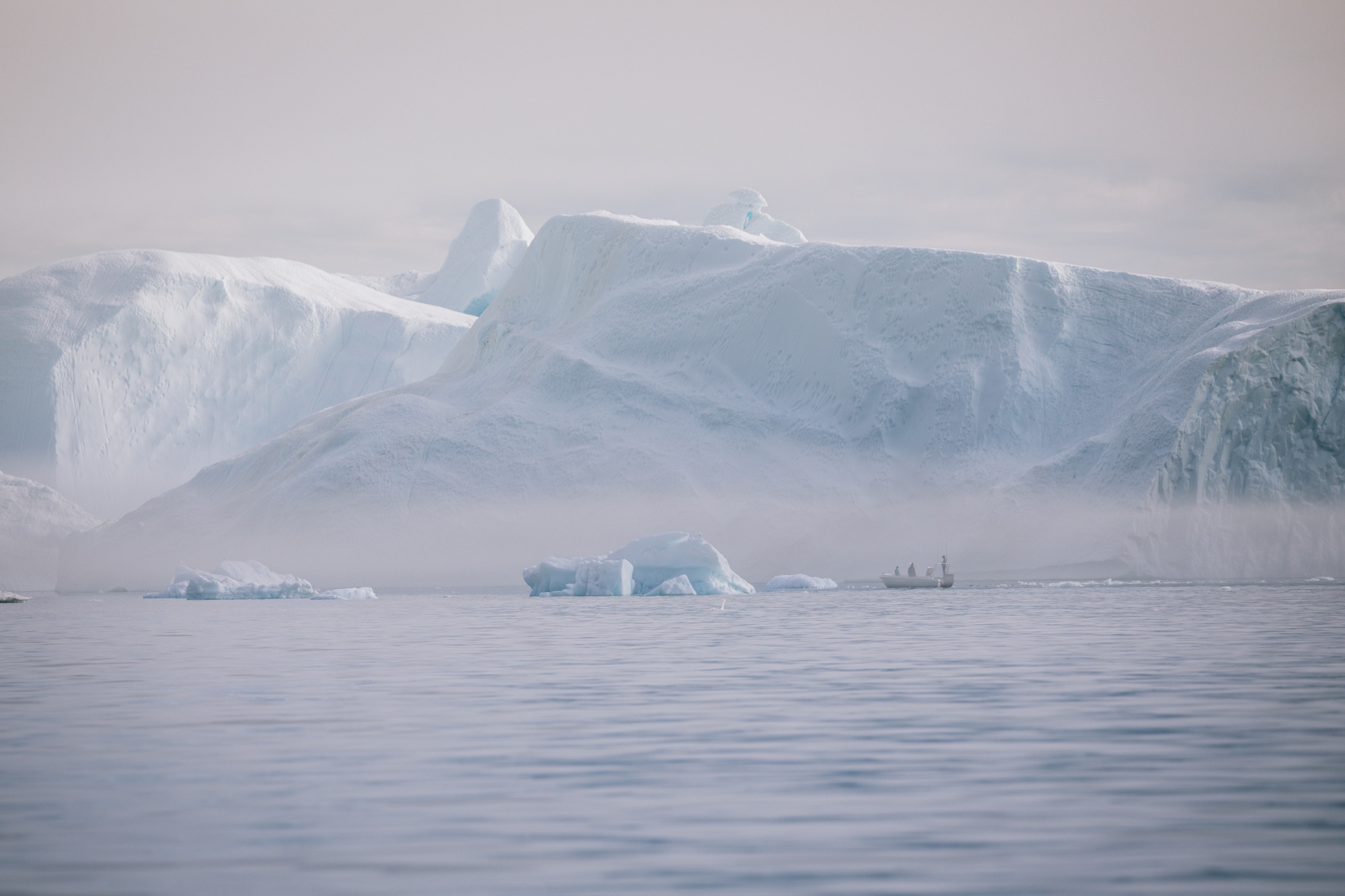
Icebergs come from glaciers on land. They’re chunks of ice that break off of the glaciers that fall into the sea. As they melt, their freshwater is what raises the sea levels.
Icebergs are beautiful, and Baffin Bay is full of them. They’re also dangerous. I mean, I assume everyone knows that from Titanic, but there are other reasons than just sinking a ship. In fact, the iceberg that sunk the Titanic is thought to have originated from the Ilulissat Icefjord in Greenland.
There are icebergs that are bigger than buildings or even city blocks or even Manhattan. They can be gigantic. A23a was the largest iceberg in the world, calving off an ice shelf in Antarctica in 1986. It was nearly 4,000 square kilometers in size.
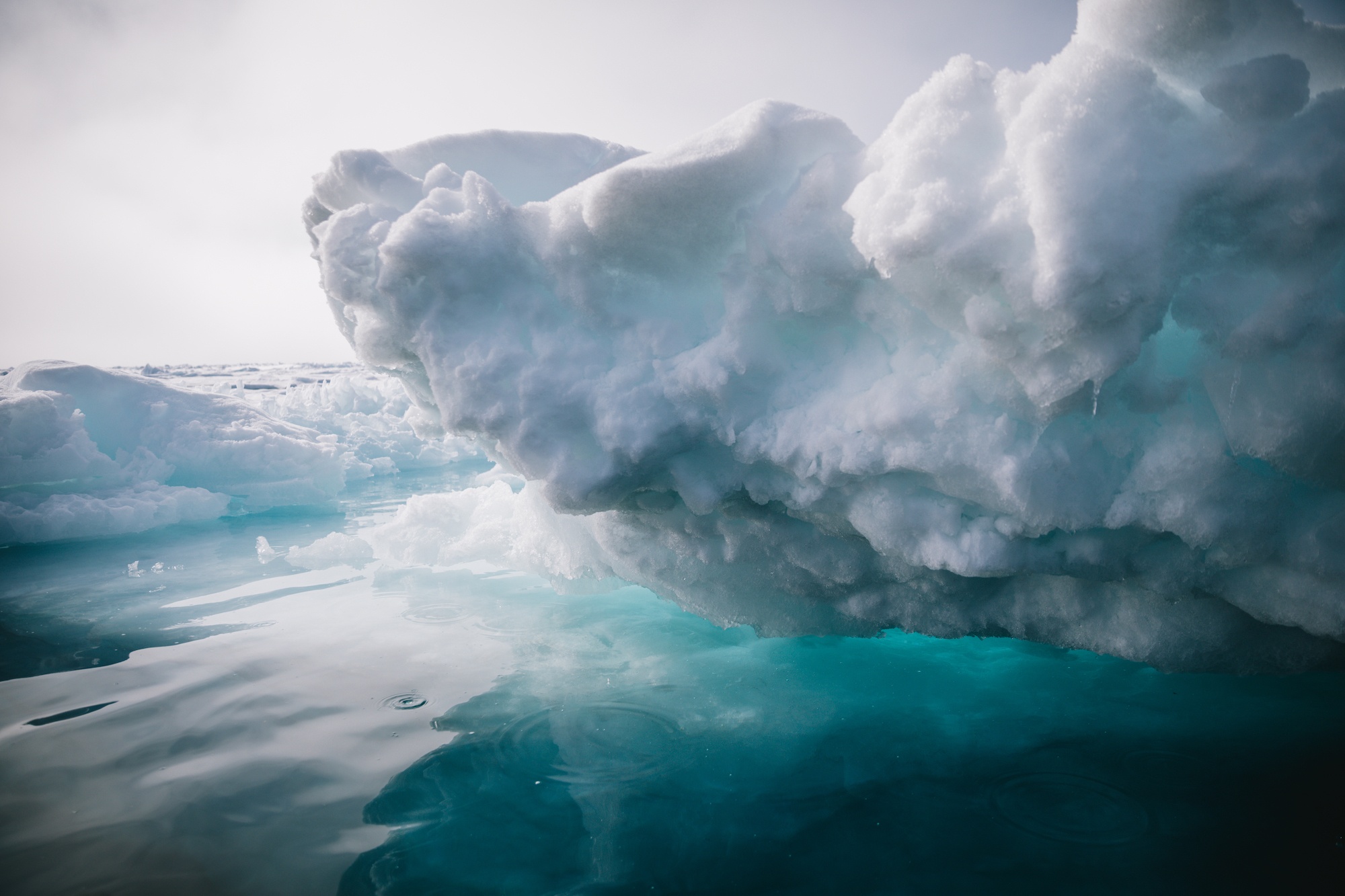

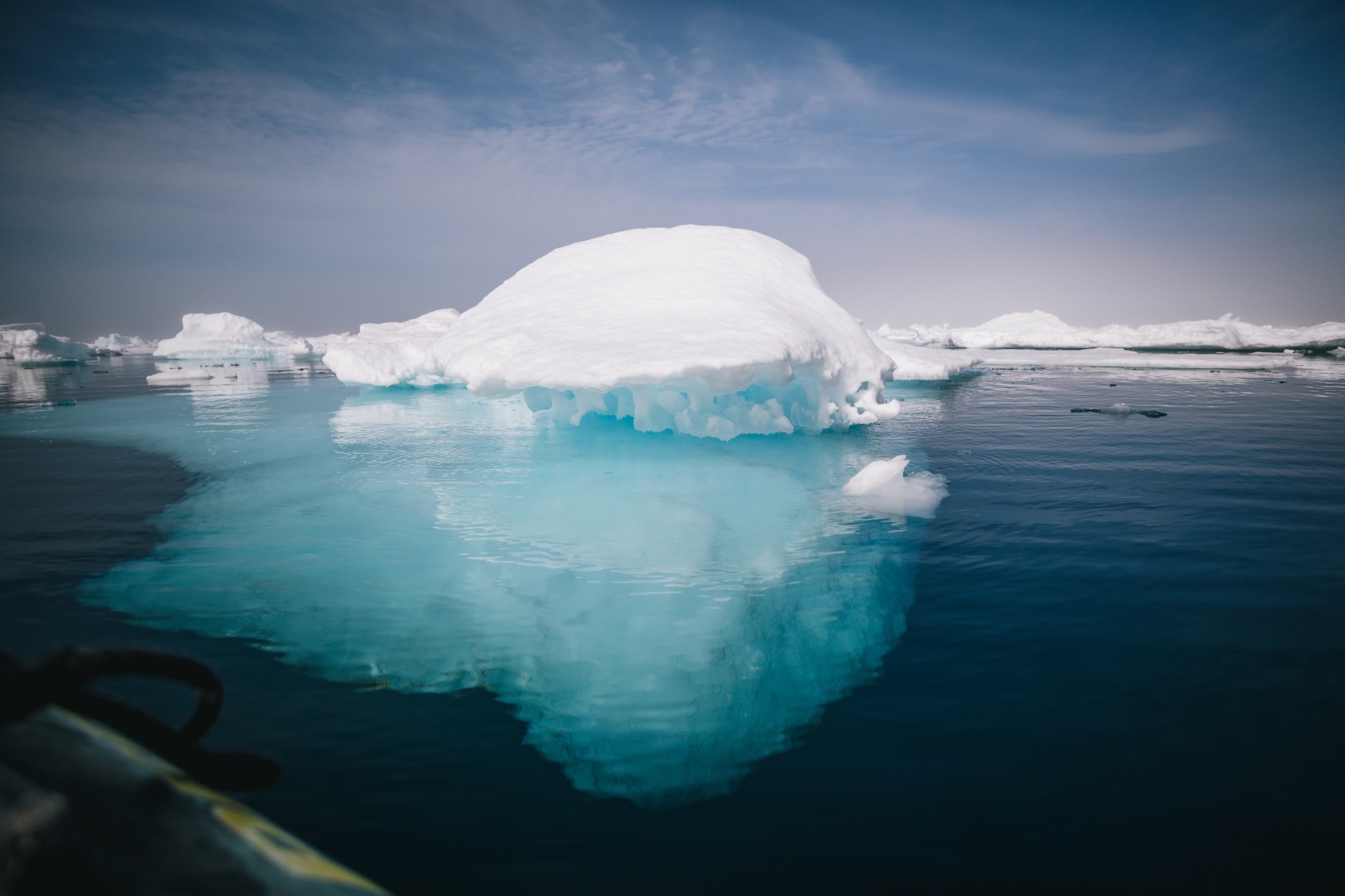
Only 10% of an iceberg is usually visible above the waterline; this means there is a shit-ton of ice underneath stretching out in every direction.
And icebergs love to break apart or flip spontaneously. This means if you’re anywhere near one, let alone on top of one, you’re screwed. Just Google videos of it; it’s terrifying. If the ice is beneath you, you might fly. They’ll send out large tidal waves that could easily swamp nearby boats and flying ice shrapnel, too.
When we zodiac cruise along icebergs and glacier faces, we keep a safe distance away. You can tell when an iceberg has flipped over because it’ll often be bright, shiny blue. They’re mesmerizing.
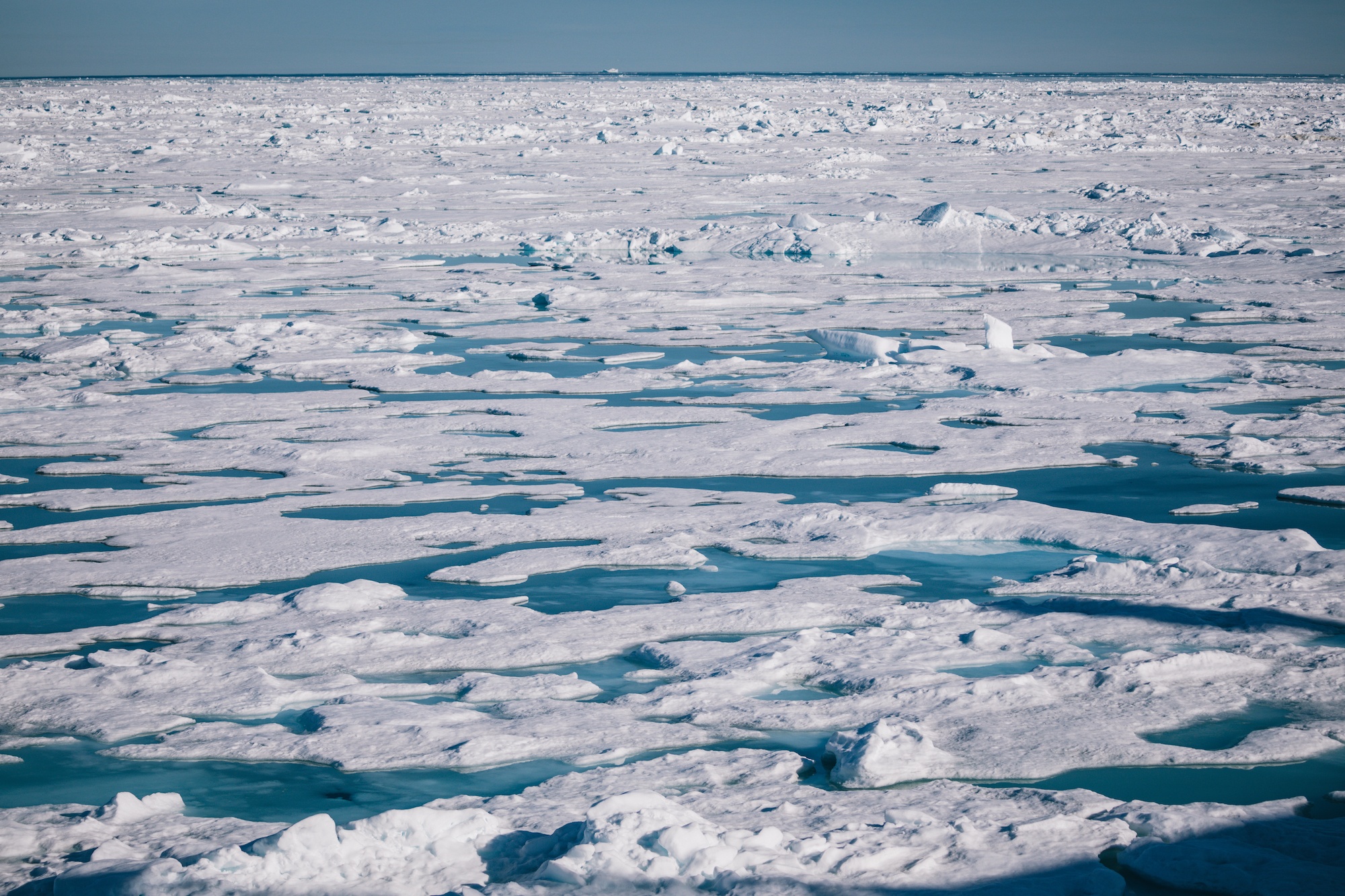
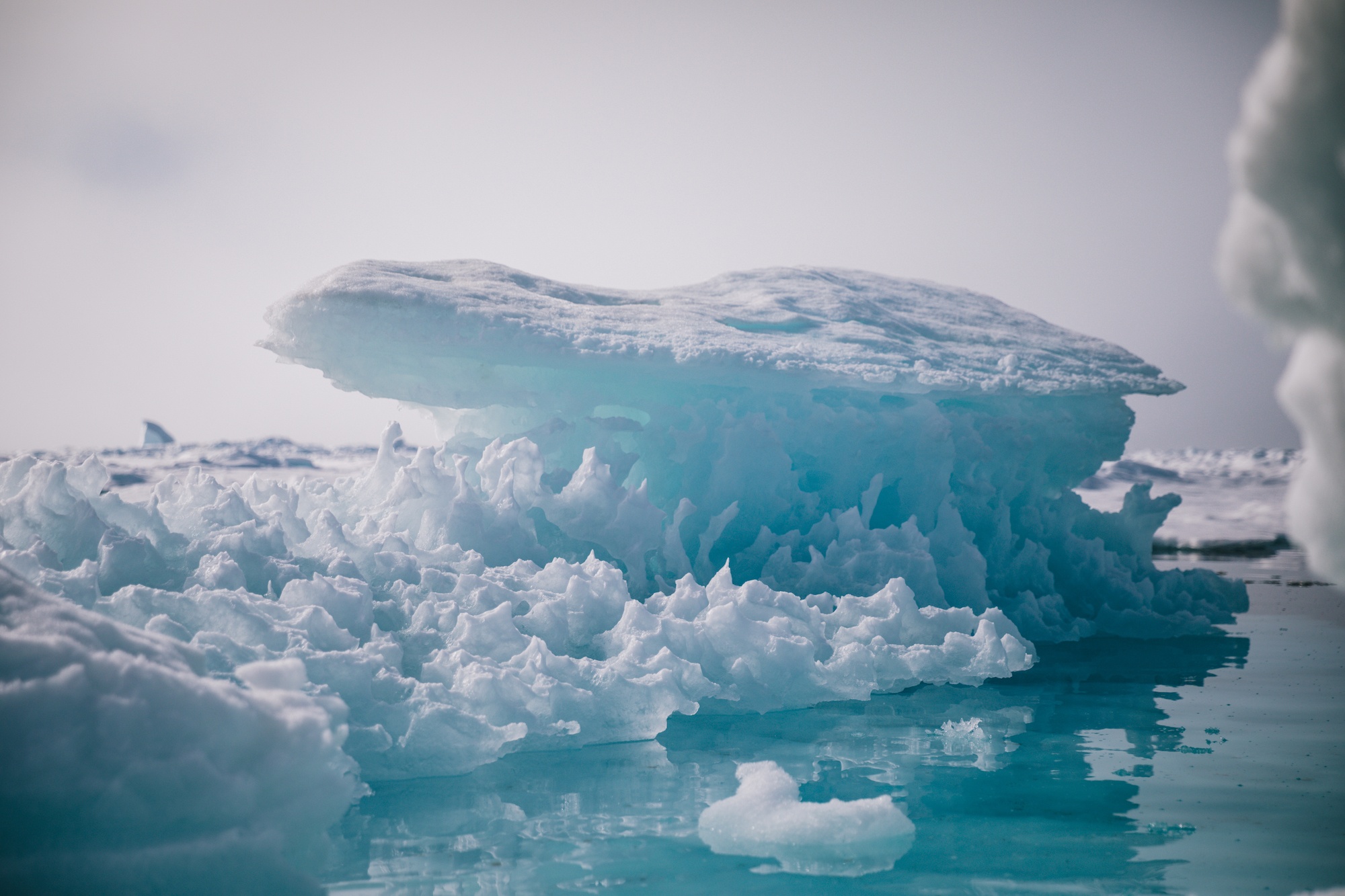
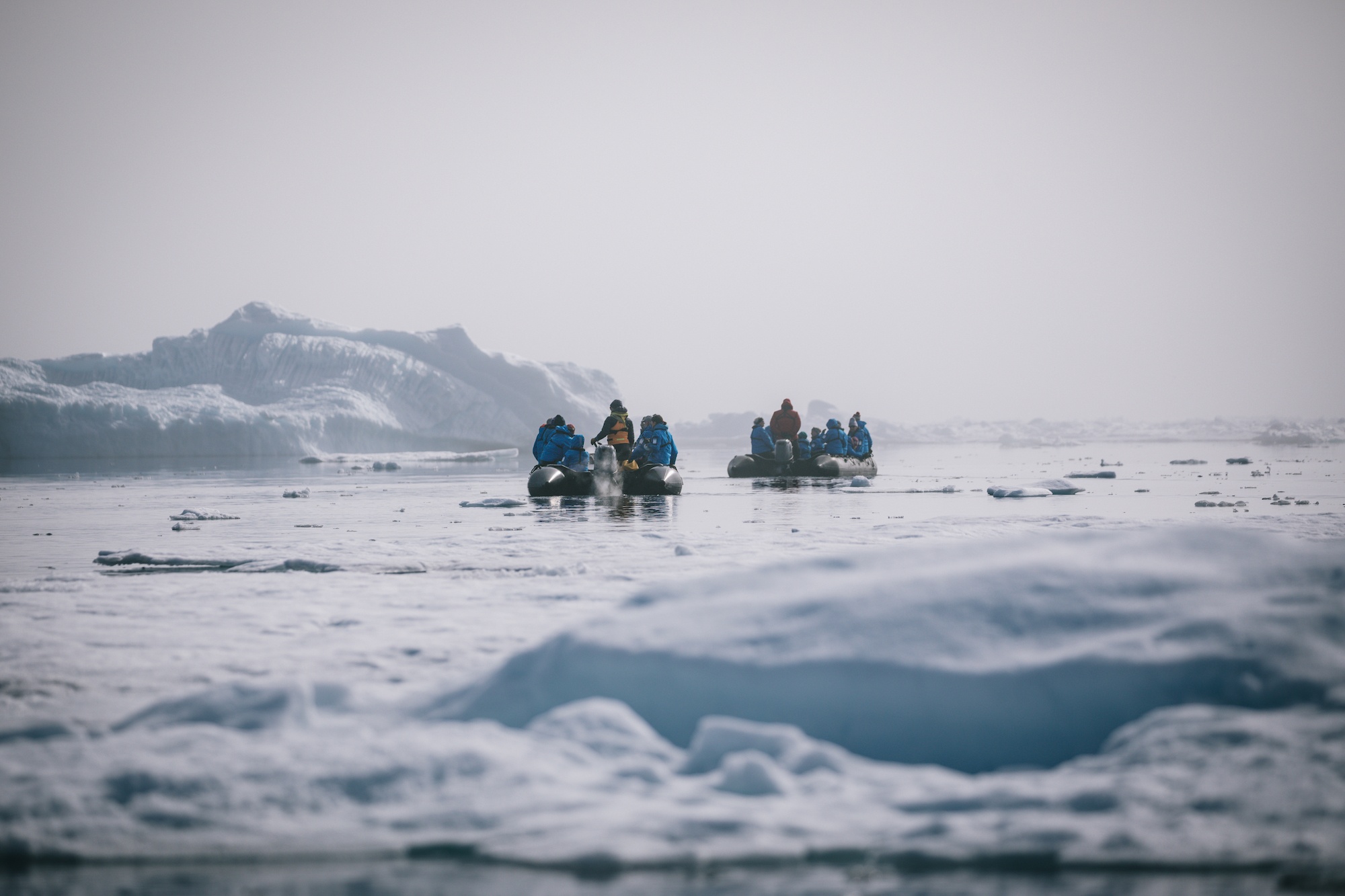
For the past 15 years, Greenland has been losing 300 billion tons of ice and water annually, and it’s increasing. One day in July 2012, the entire surface of the Greenland ice sheet melted.
In fact, there still wasn’t regular cargo shipping through the passage for most of the year until 2009. After that, the declining sea ice, thanks to climate change, means that you can access here longer.
We saw many glaciers on my travels with Adventure Canada, and my mind kept returning to both the profound sadness and fear I have around climate change. I wish everyone could see what I have seen. Hot days in Greenland, no sea ice in the Northwest Passage. Starving polar bears trapped on land. Traditional Inuit hunting tracks gone.
Will all these beautiful glaciers that drop down into the sea dissapear in my lifetime?
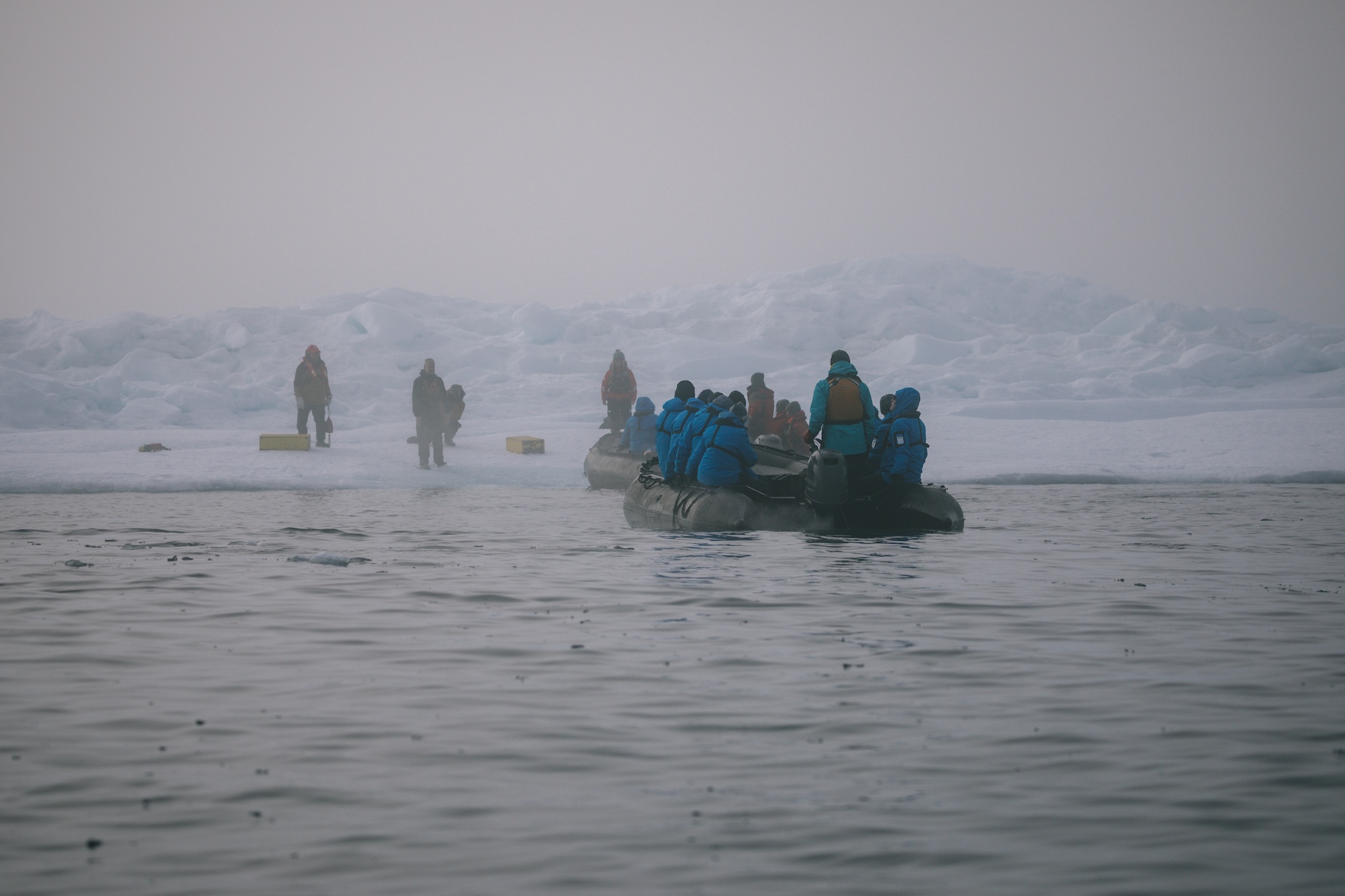
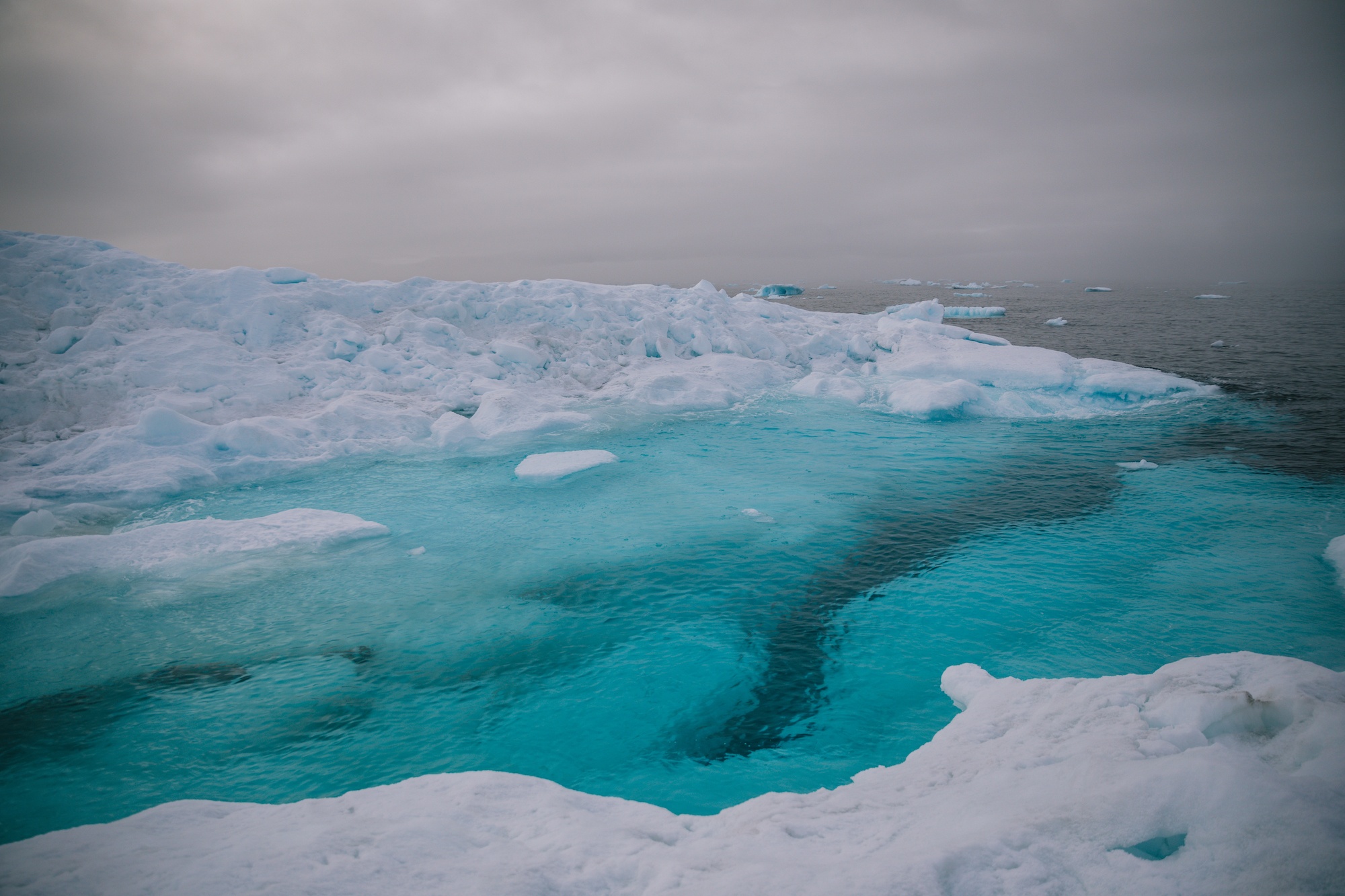
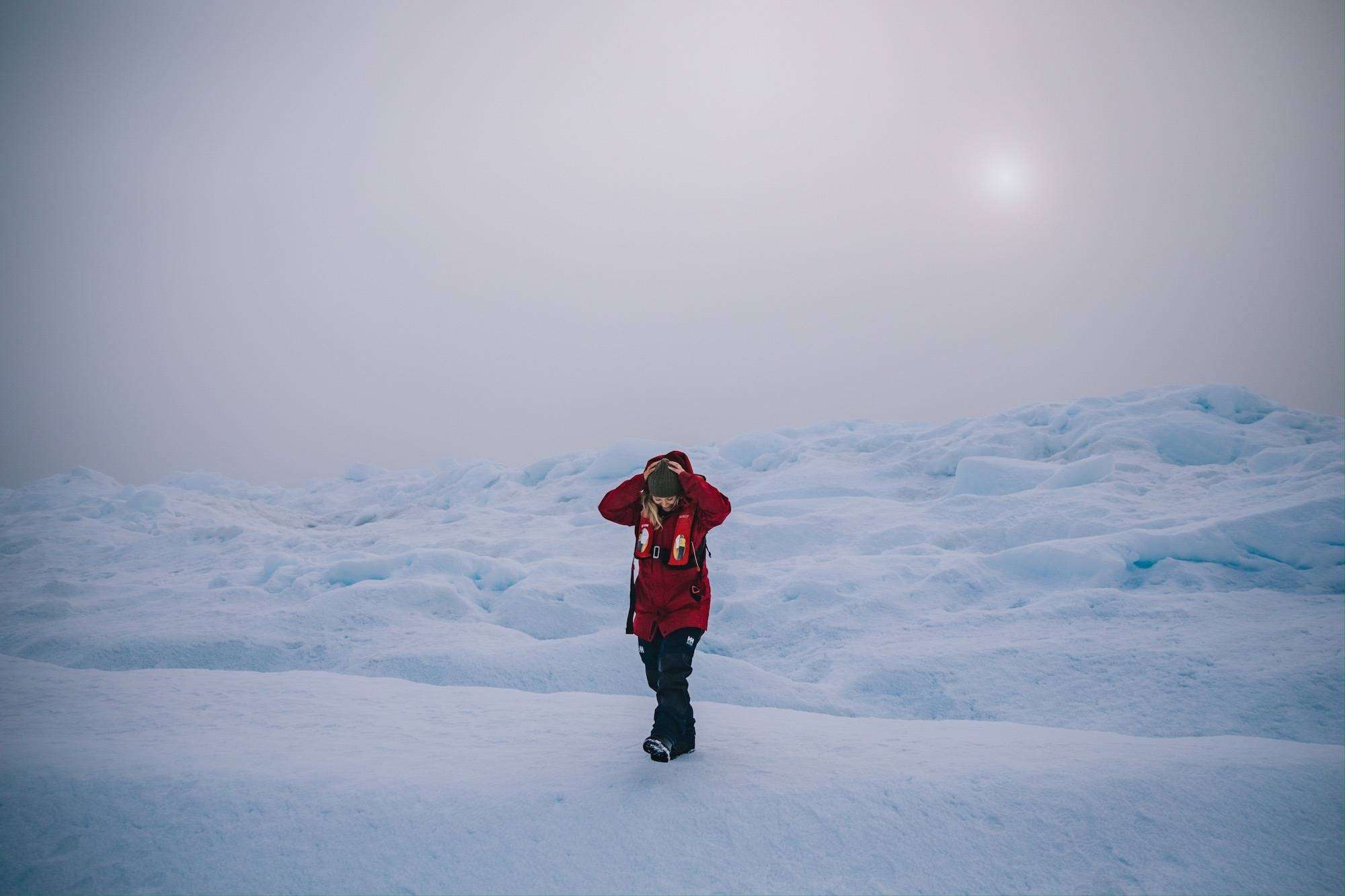
By far, one of the coolest experiences I had last summer was actually landing on the sea ice. It’s something I’ve ever done once, and it was along the pack ice in Baffin Bay on our Out of the Northwest Passage trip.
We spent some time exploring the pack ice in northern Baffin Bay before our expedition leader found a large, solid, and old, safe patch of sea ice. It was misty and beautiful, making the blue of the ice pop against moody skies. Every so often, the sun would peek through the fog, creating the most incredible atmosphere.
Revving the zodiacs up onto an icy beach, we were able to hop out and explore the ridges and pools of this old sea ice. It was absolutely magical.
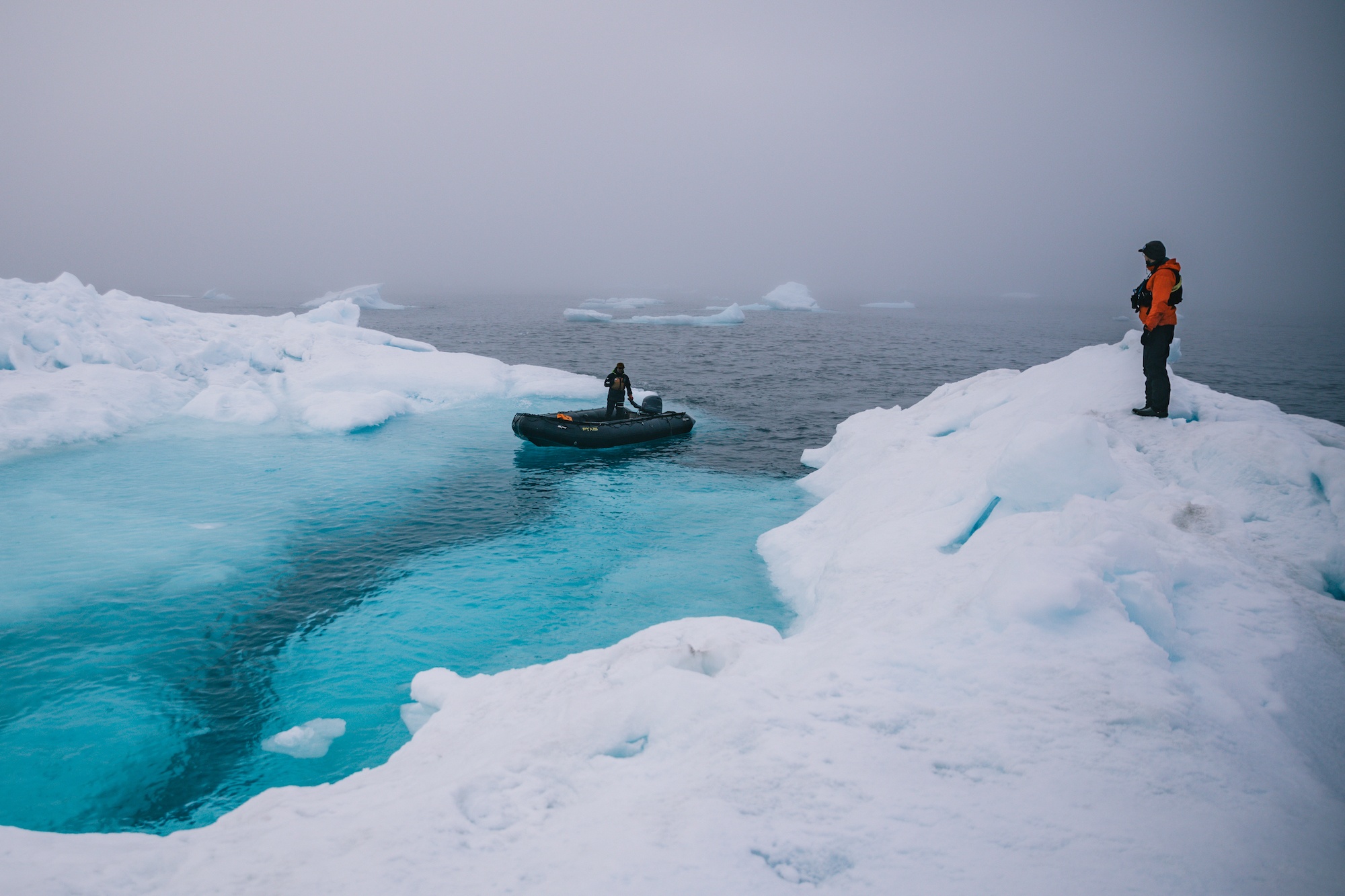
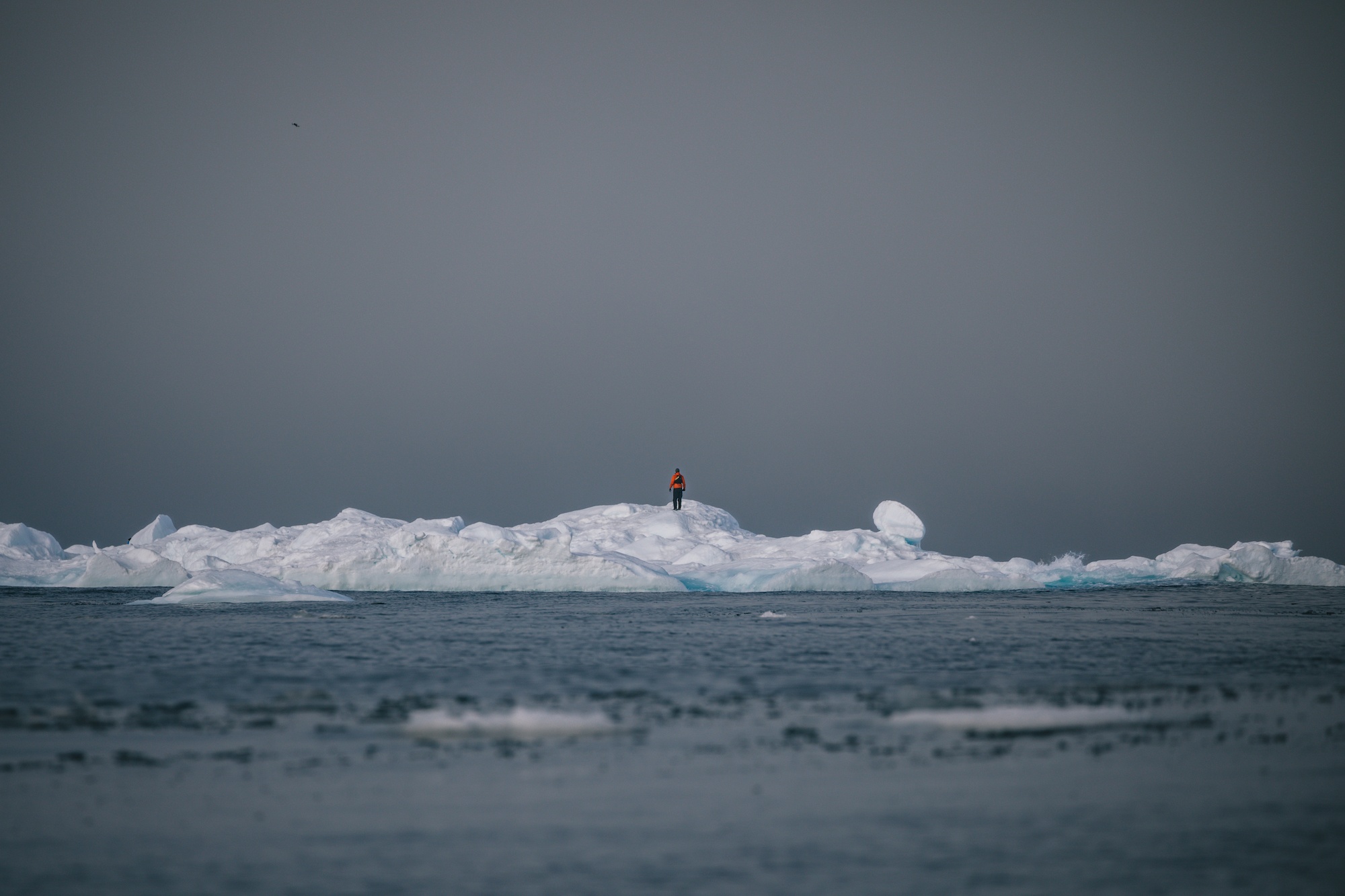
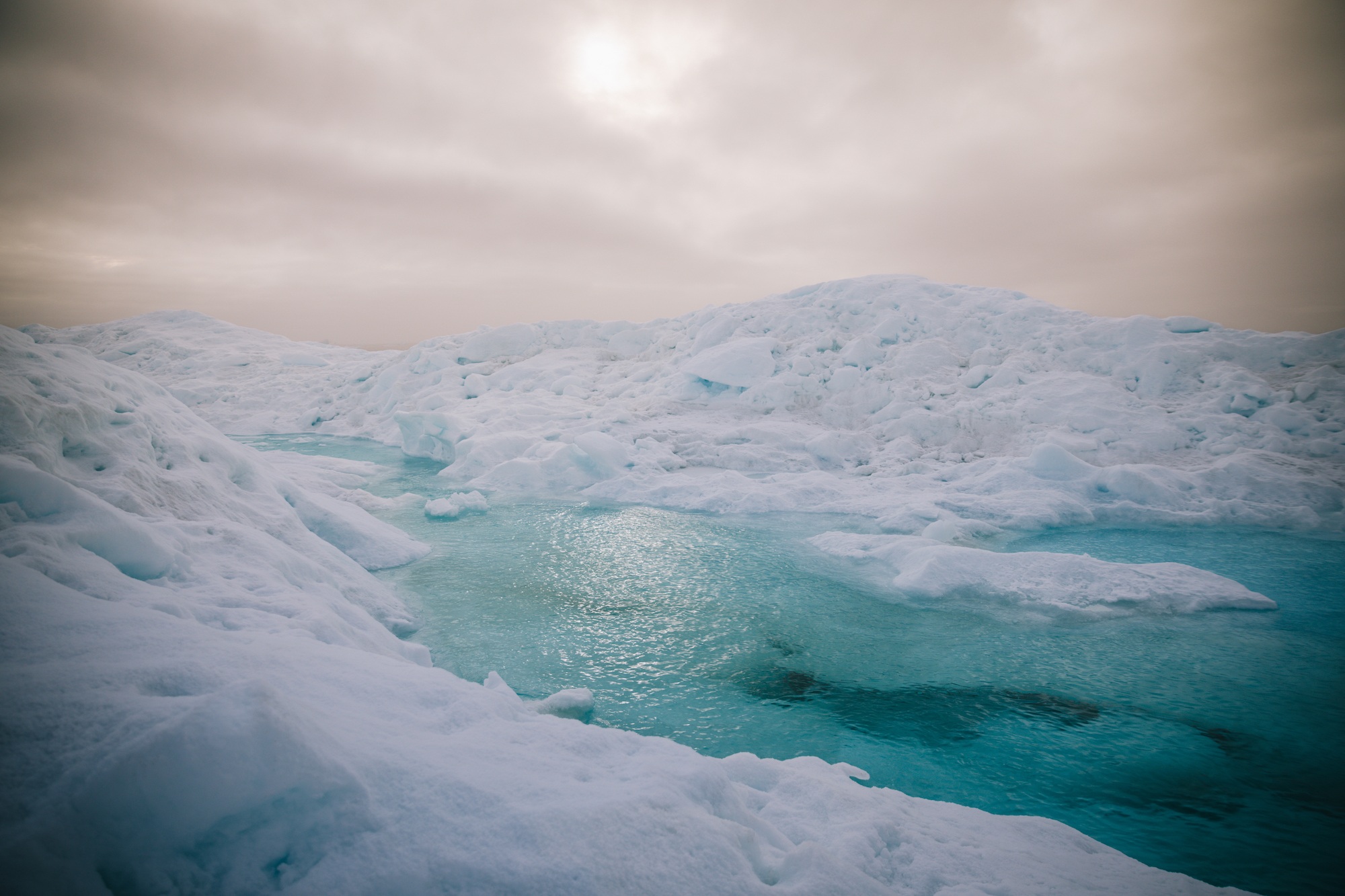
Nothing is more of a poignant reminder that you are far from home, exploring the Arctic than drifting through the ice.
You could be centuries back in time. The silence is profound, only broken up by the occasional crunches through newer sea ice. Your eyes constantly scan the horizon, along the edges of the pack ice, looking for an unusual shape, the pale yellow that indicates a polar bear in contrast to the bright whitish-blue ice. Or the black of the flippers of a seal. Maybe even the spray from a passing whale.
Baffin Bay is a magical part of the world. I can’t wait to return.
Does sea ice hold a fascination over you, too? Would you like to visit Baffin Bay one day? Spill!
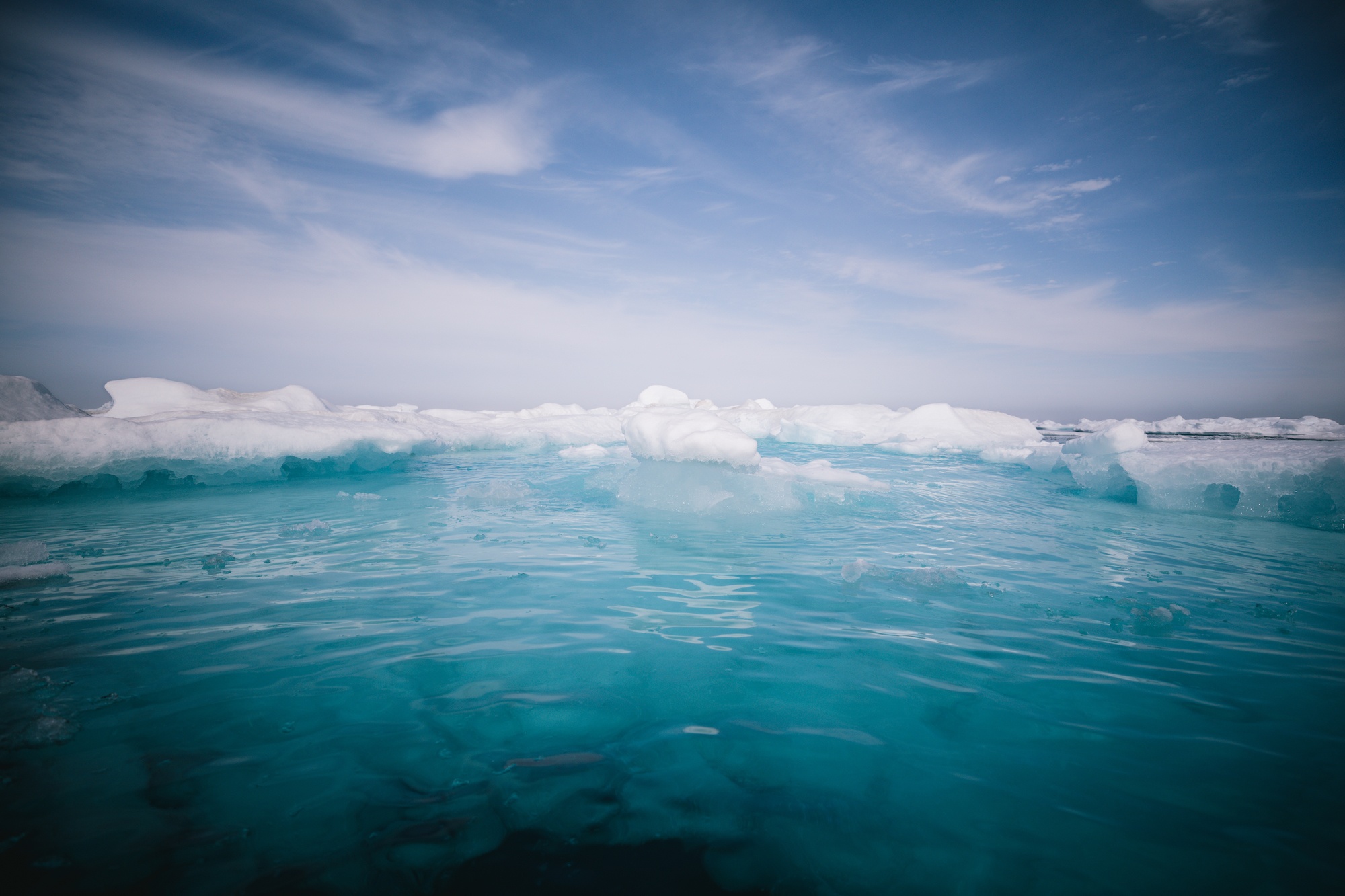
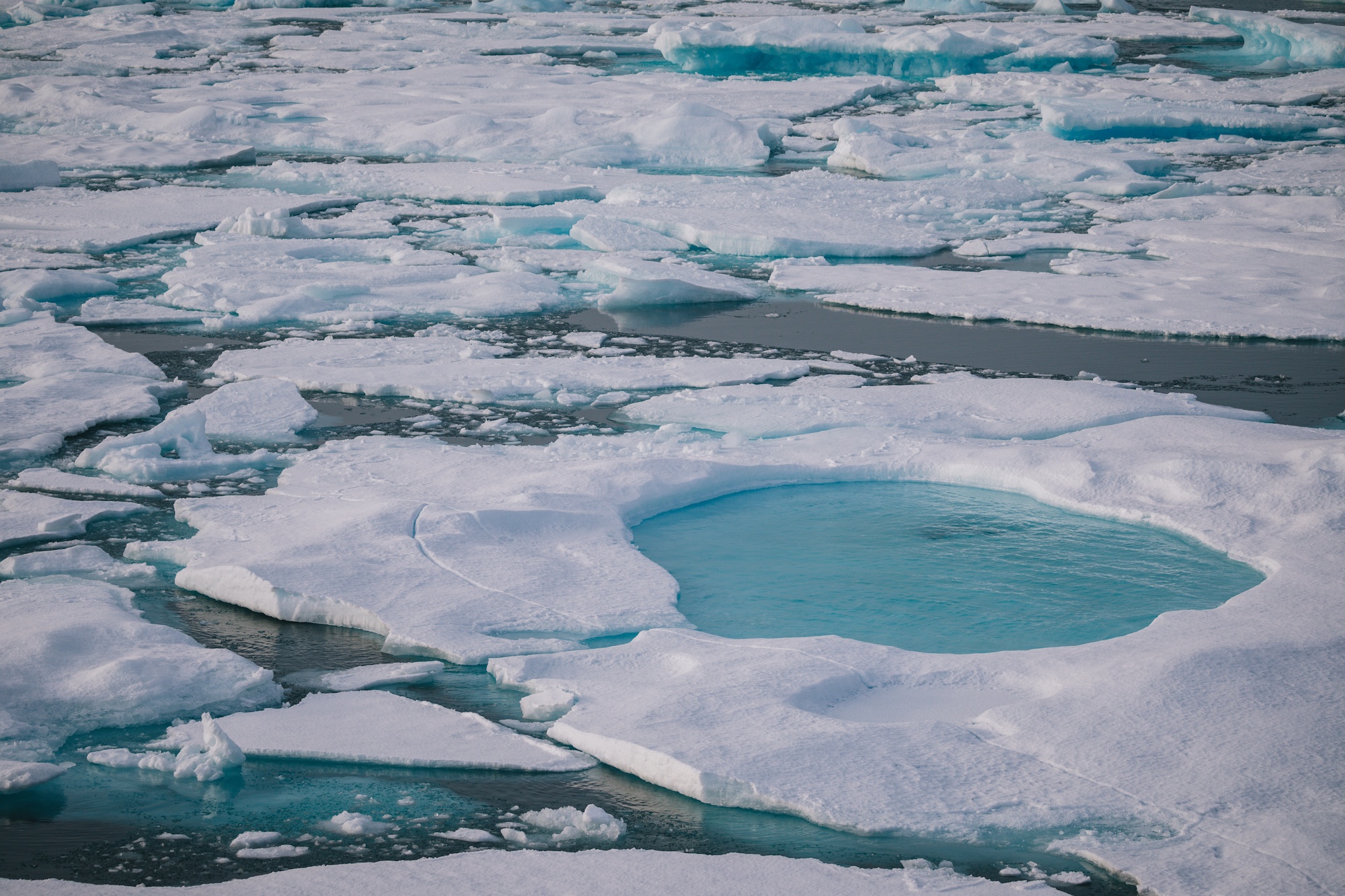
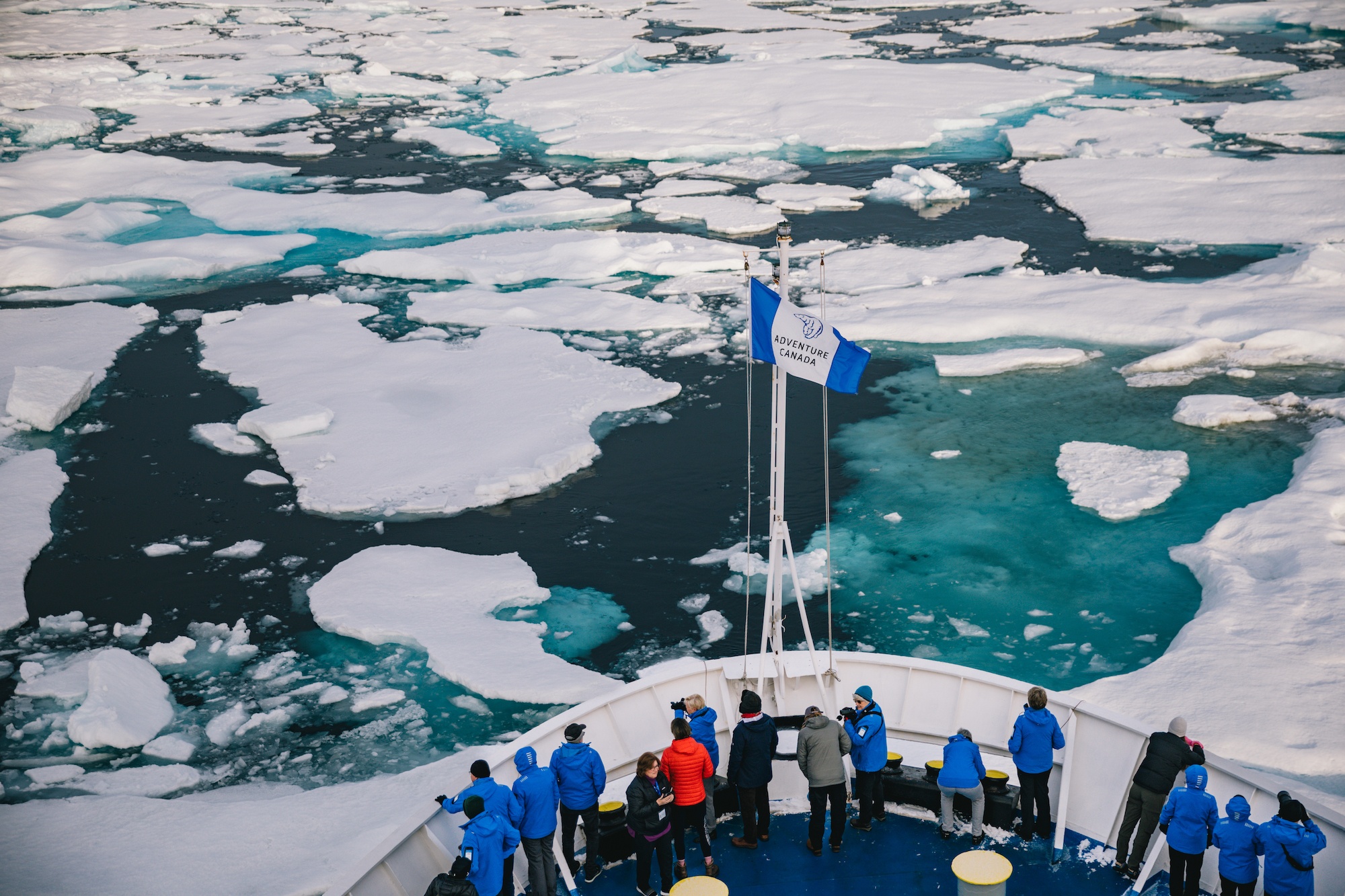
Many thanks to Adventure Canada for hosting me in the Arctic – like always, I’m keeping it real – all opinions are my own, like you could expect less from me!
The post Postcards from icy Baffin Bay appeared first on Young Adventuress.




